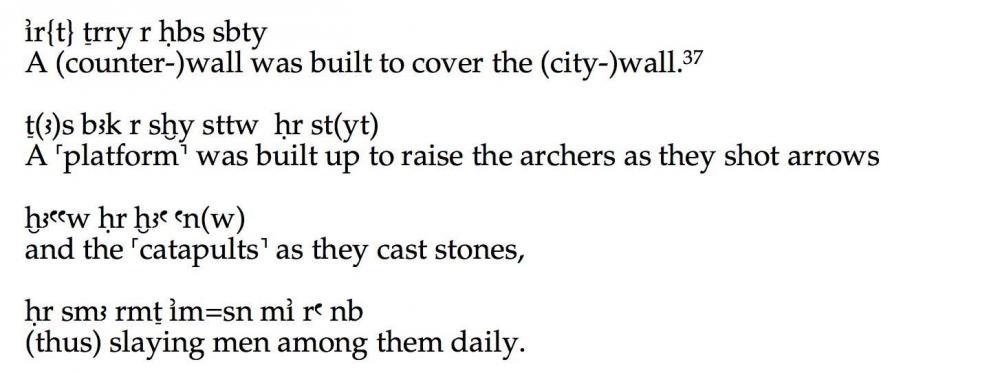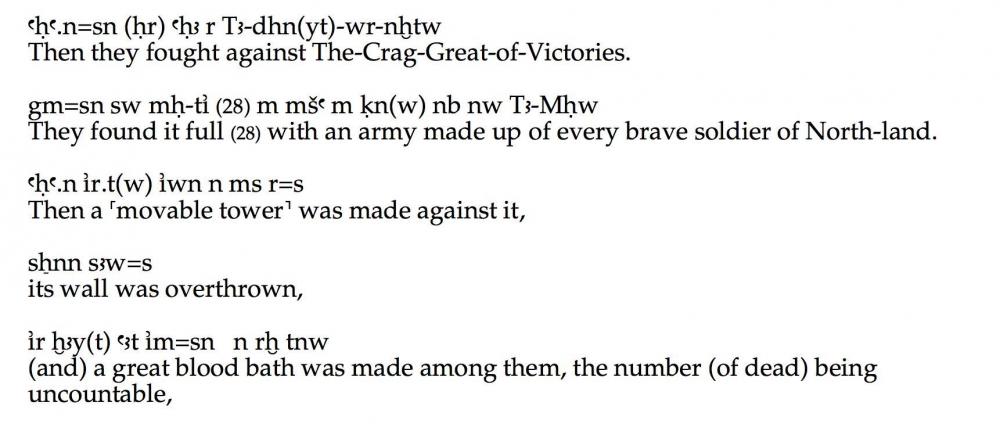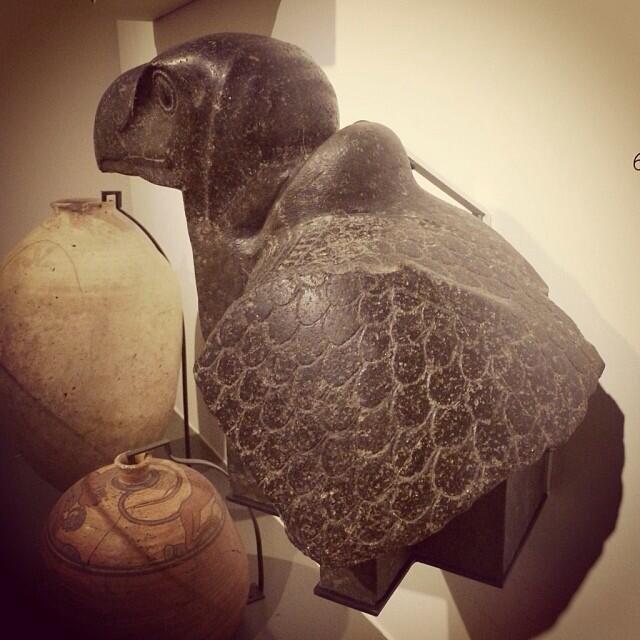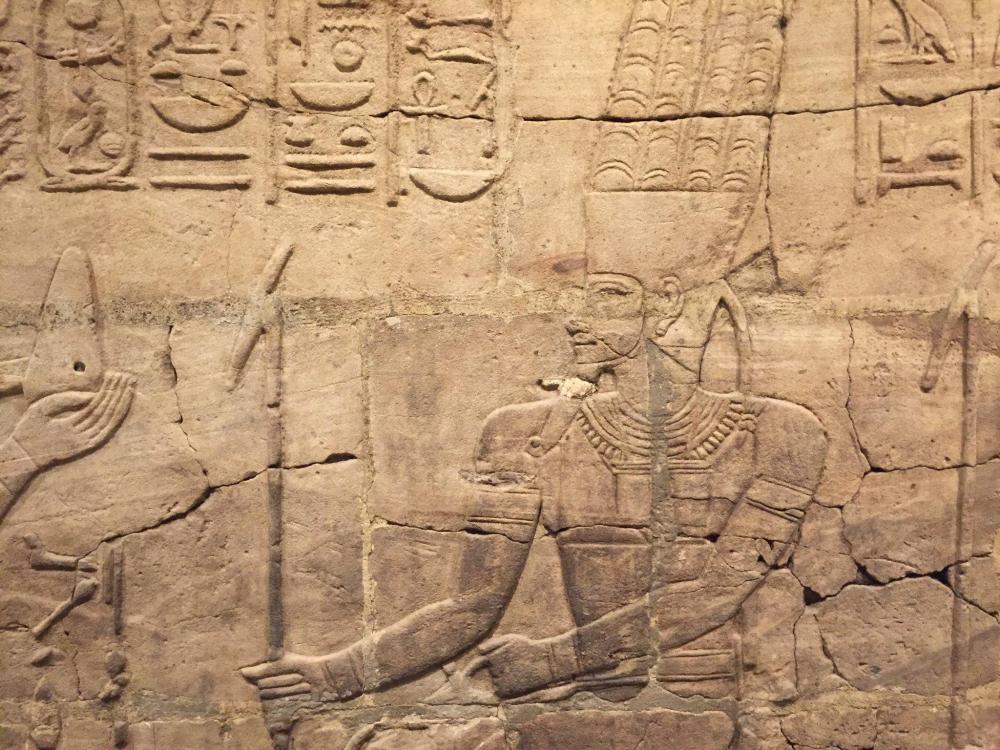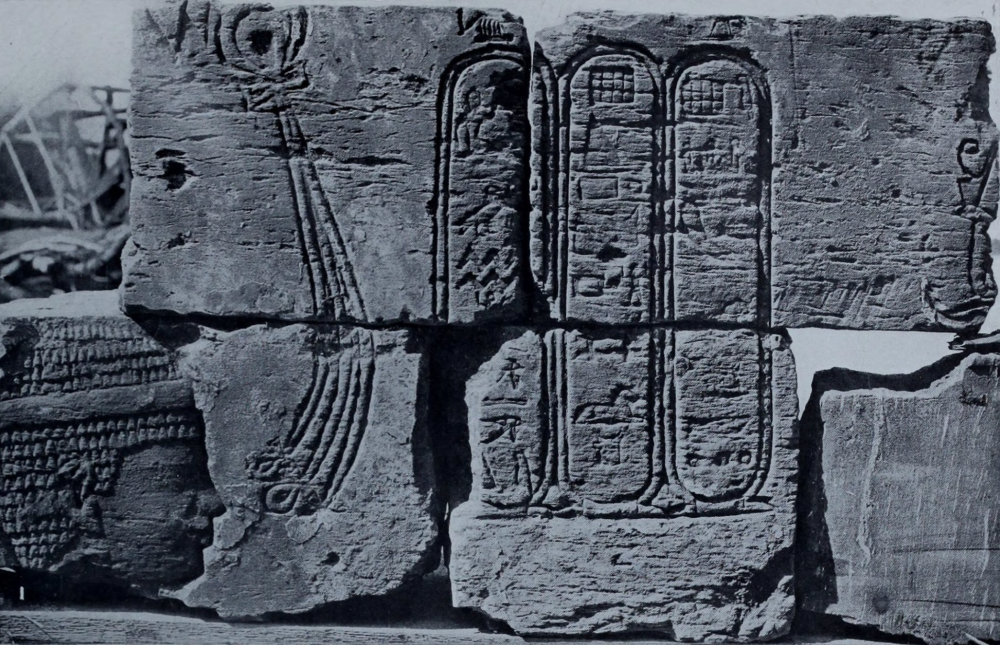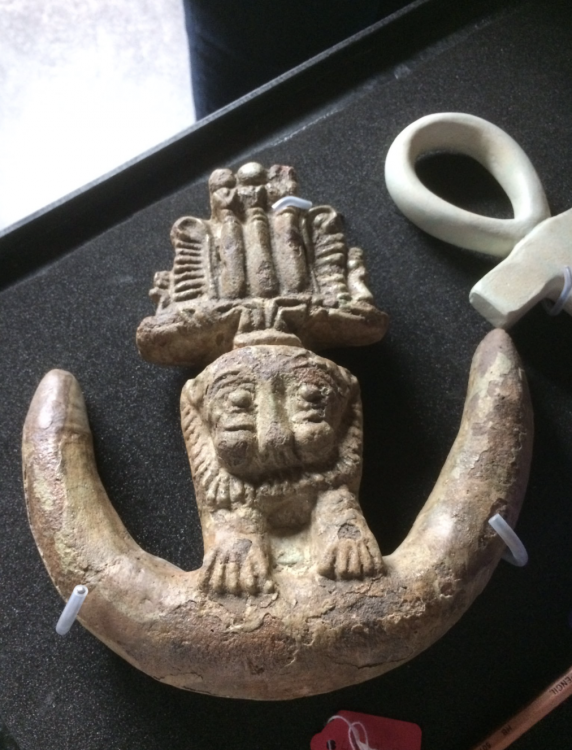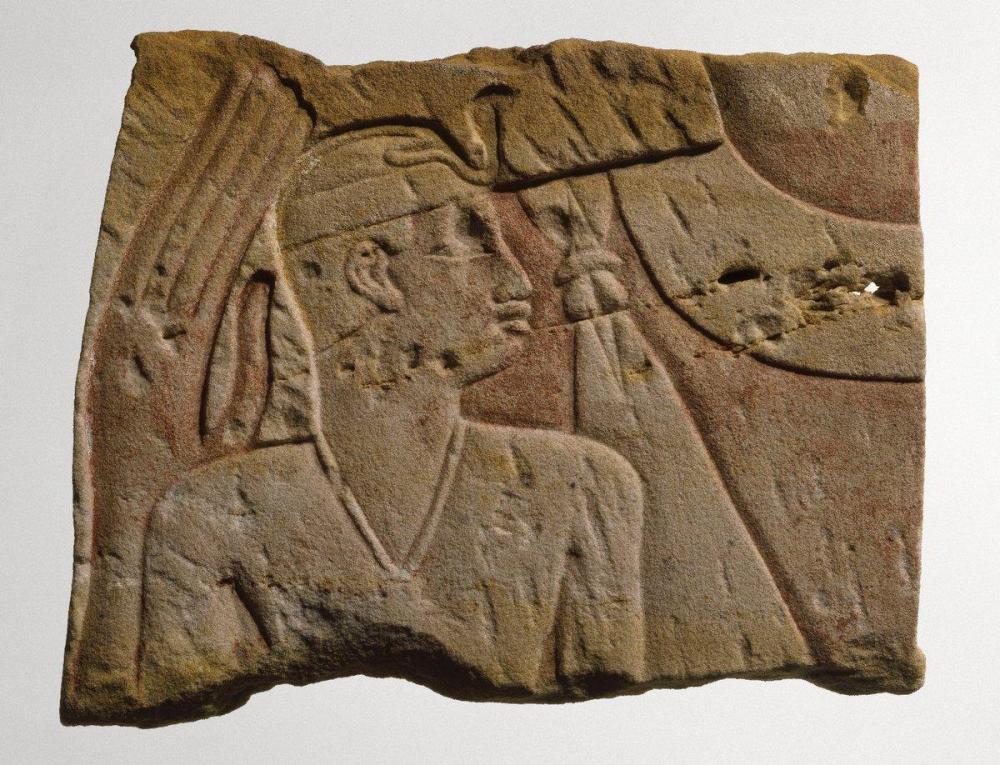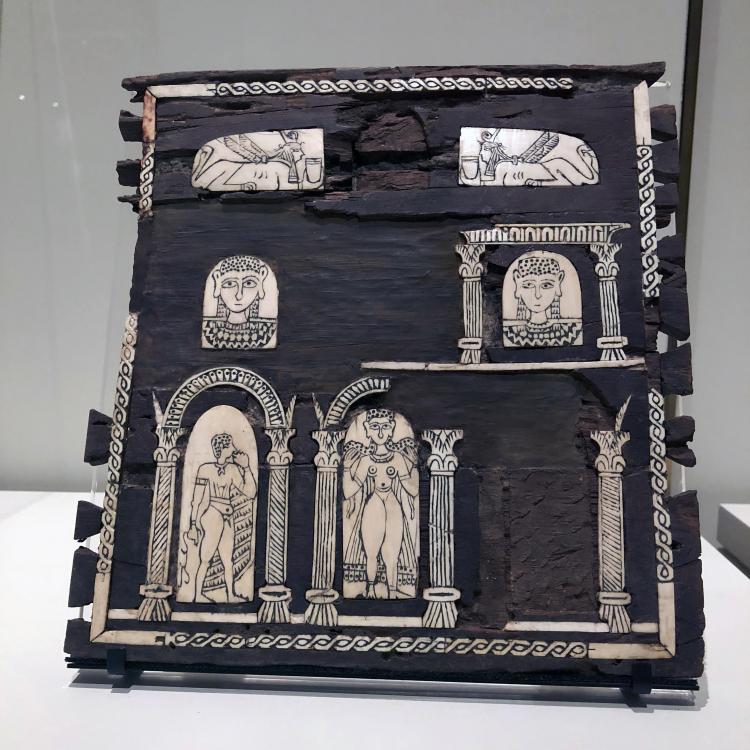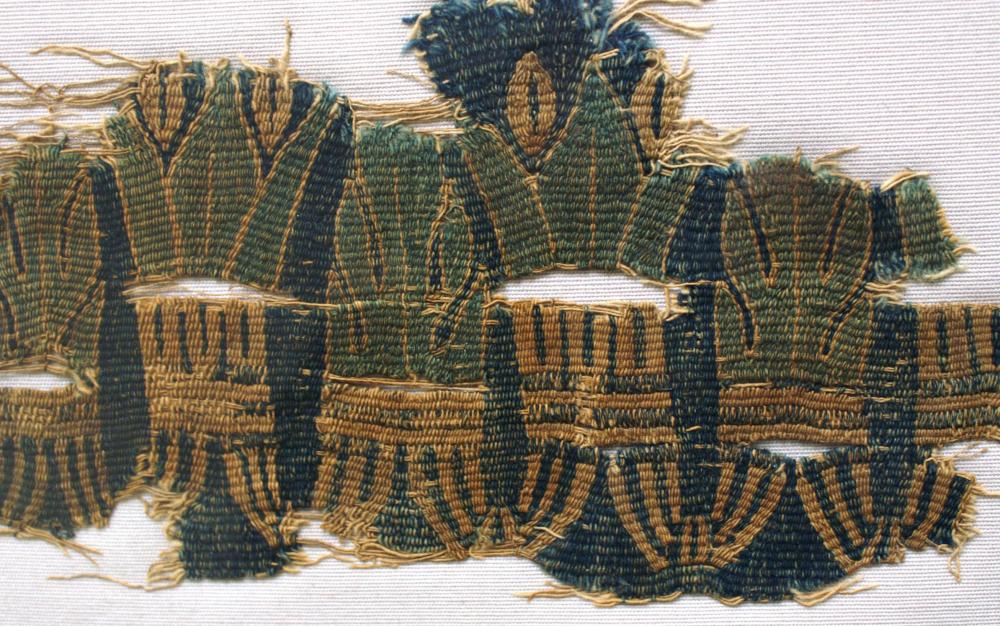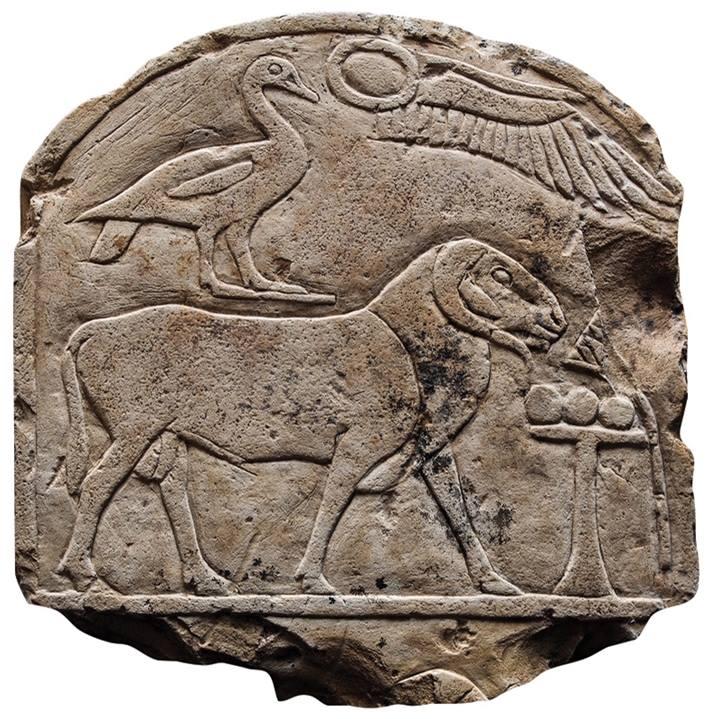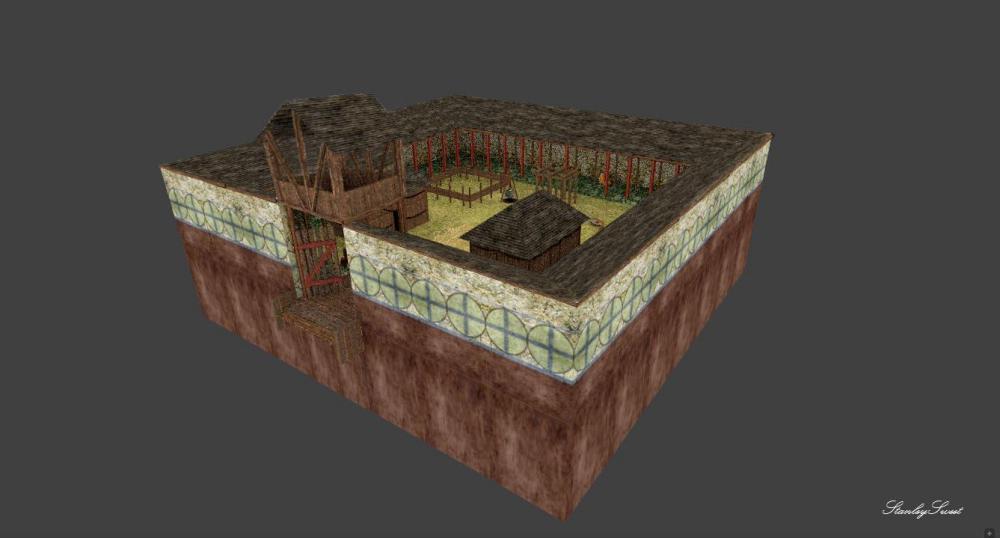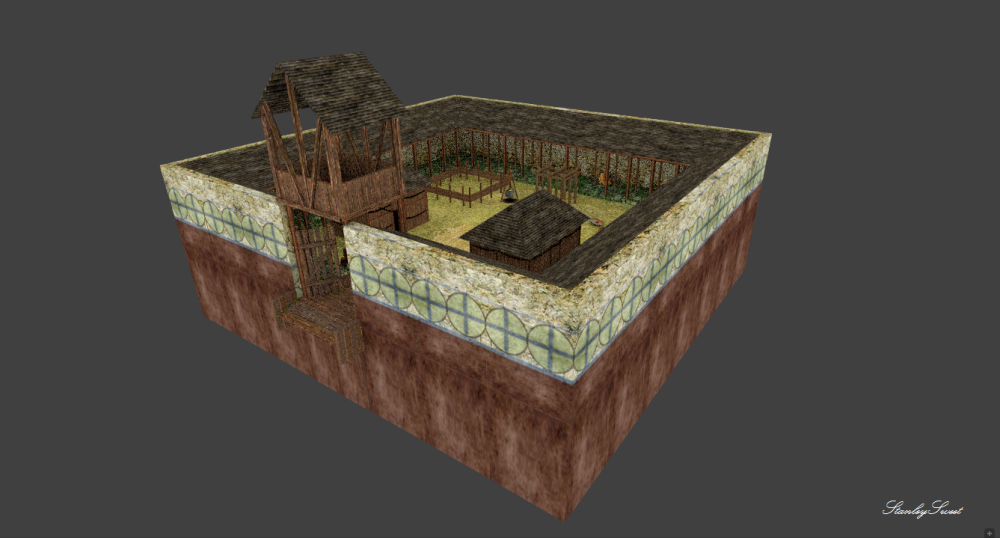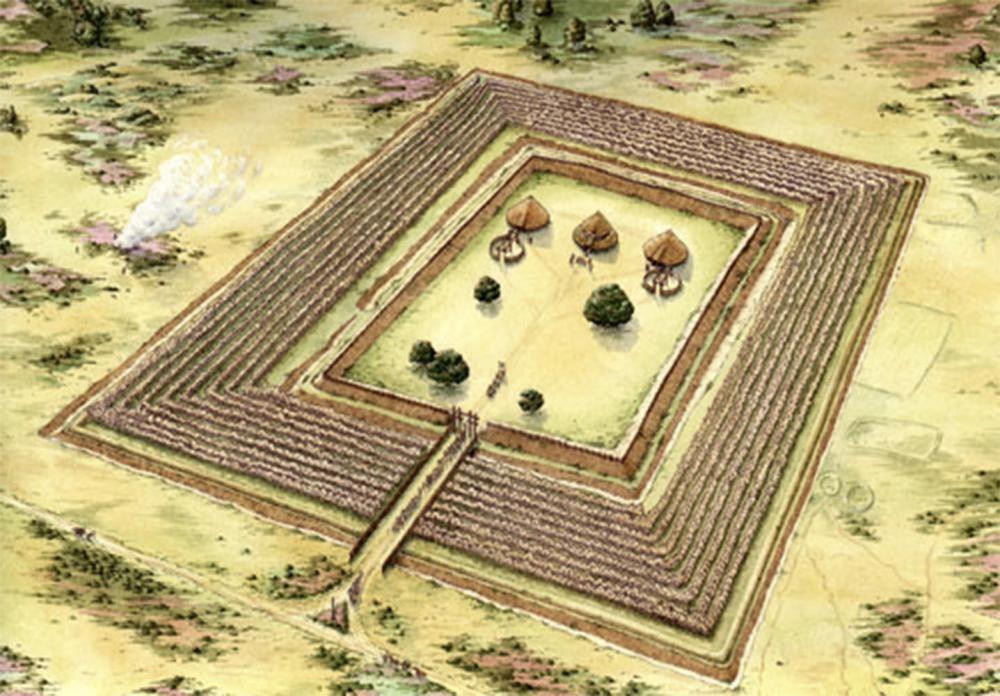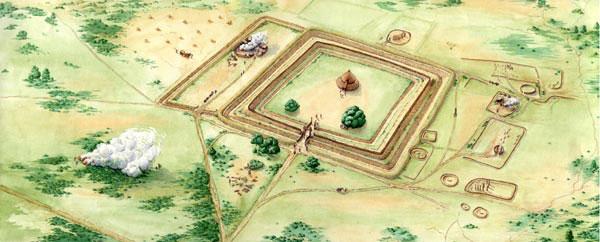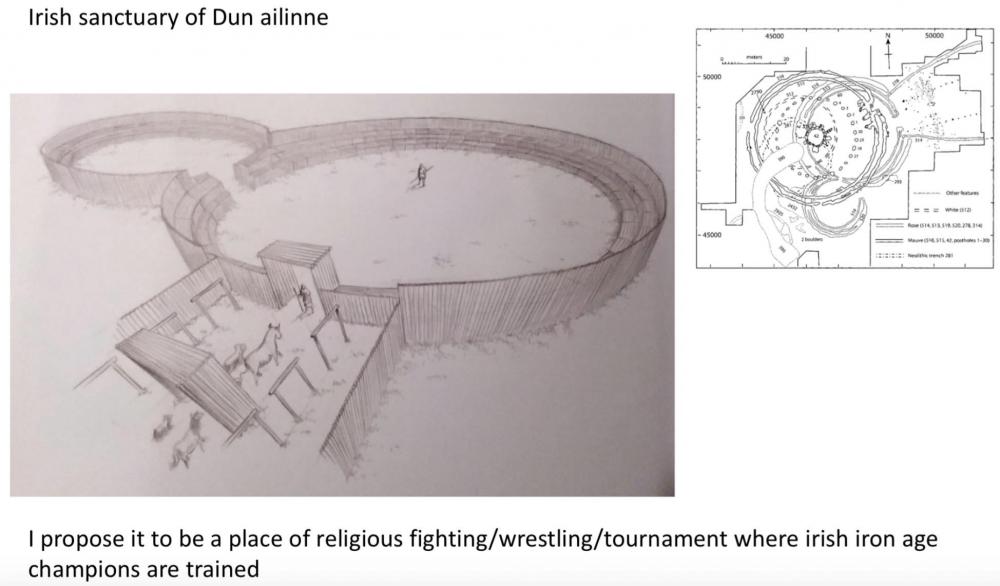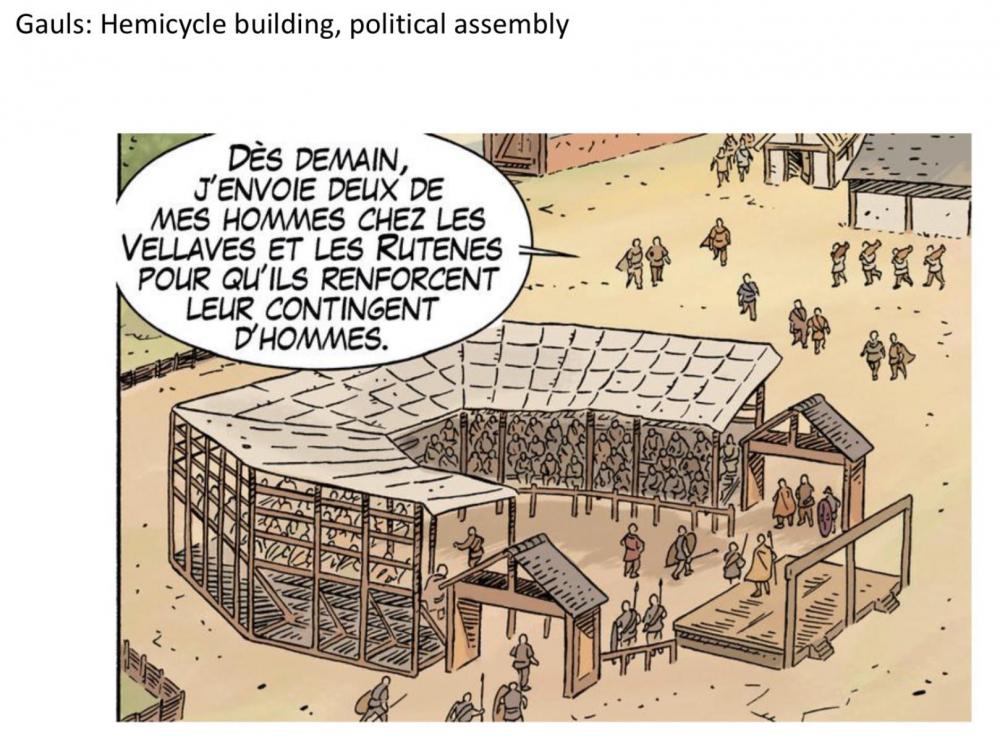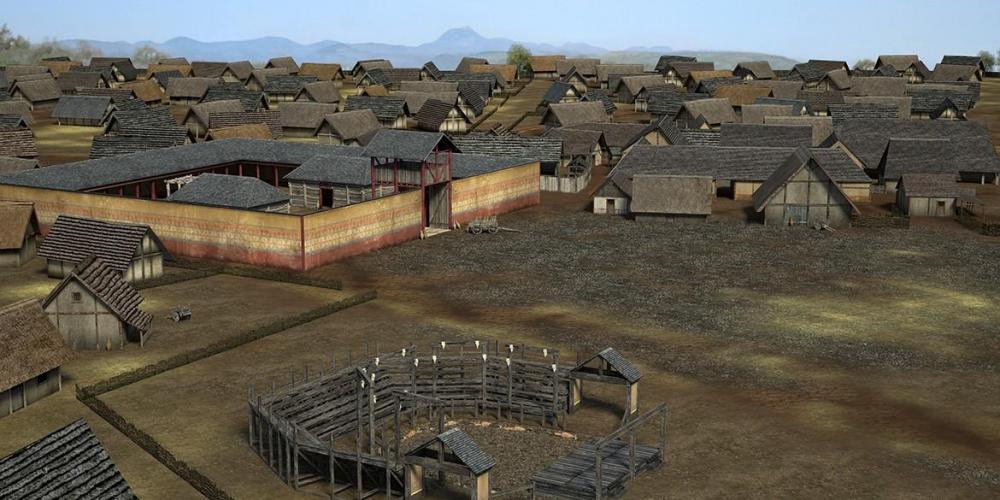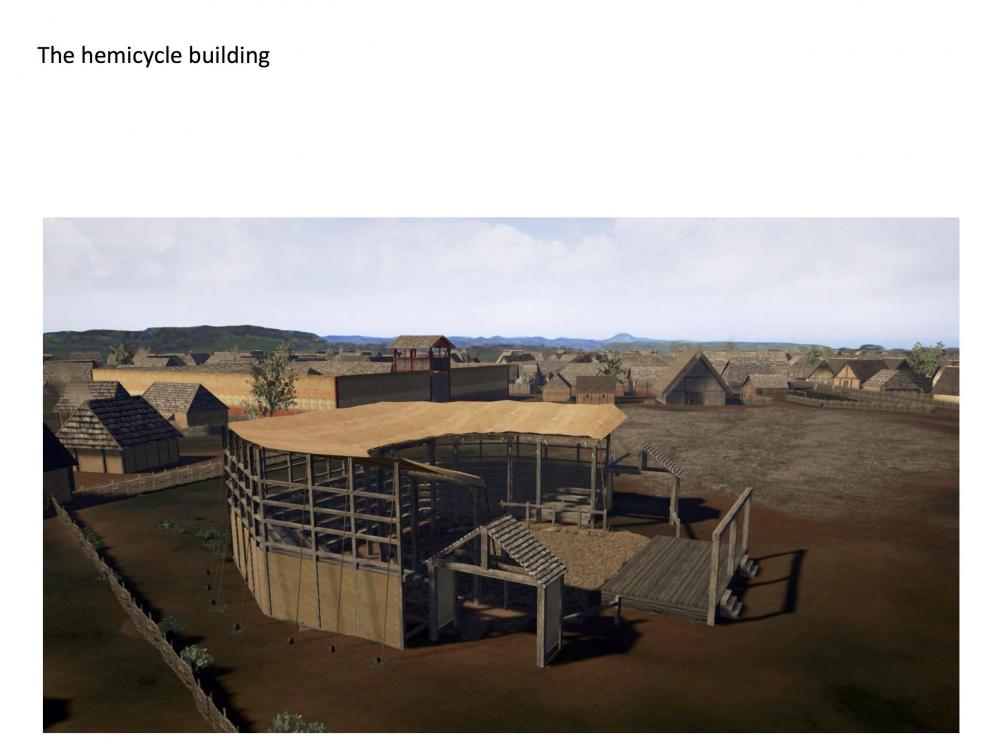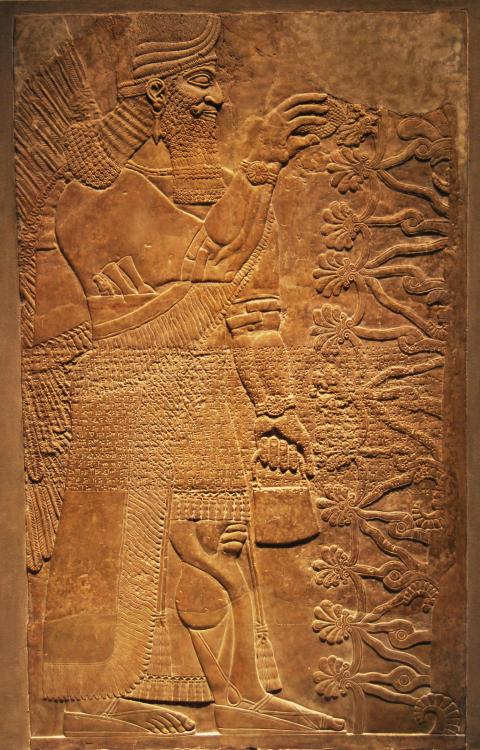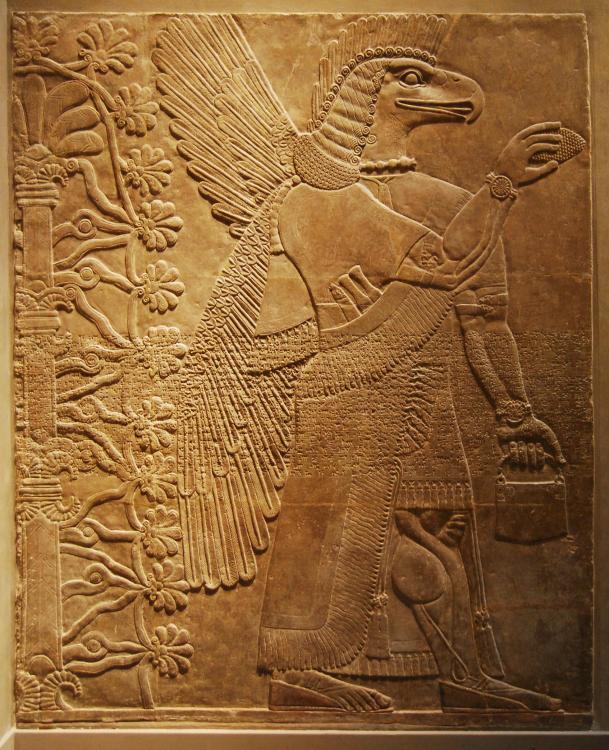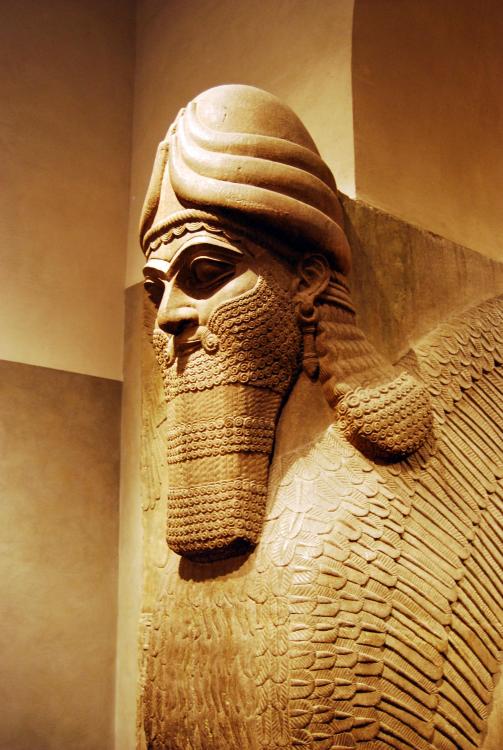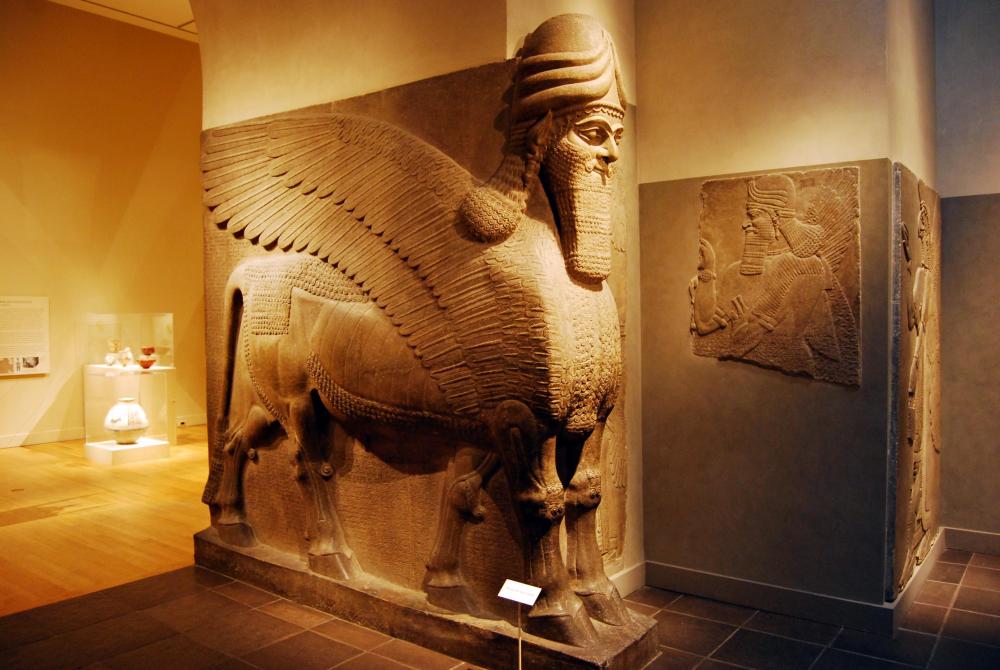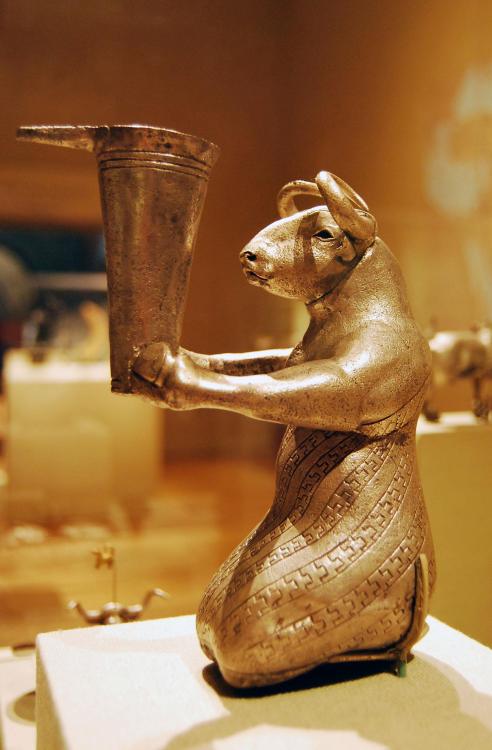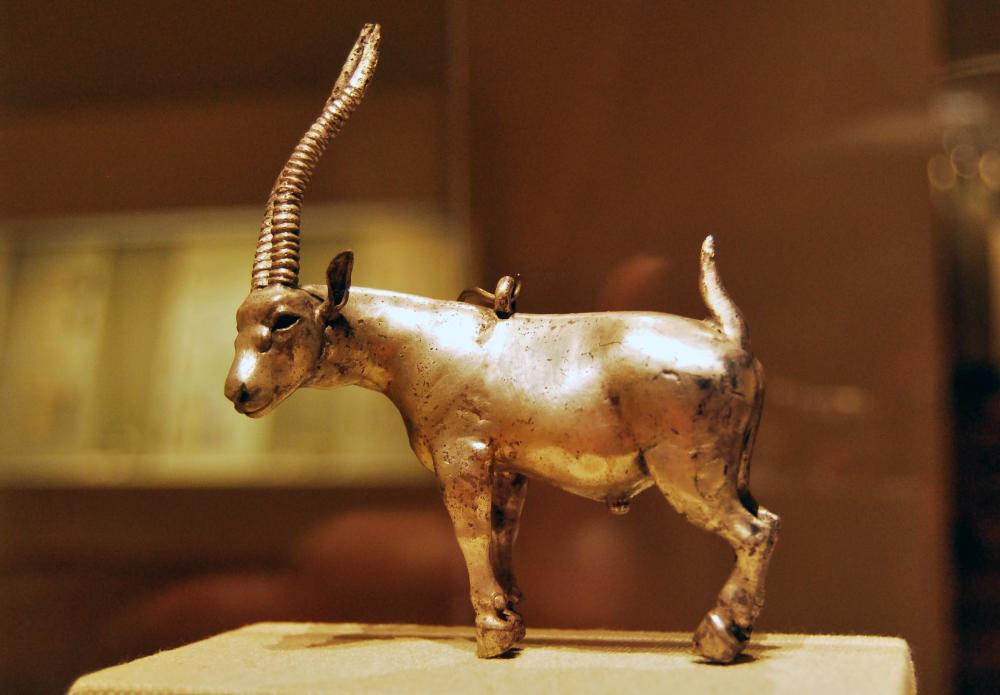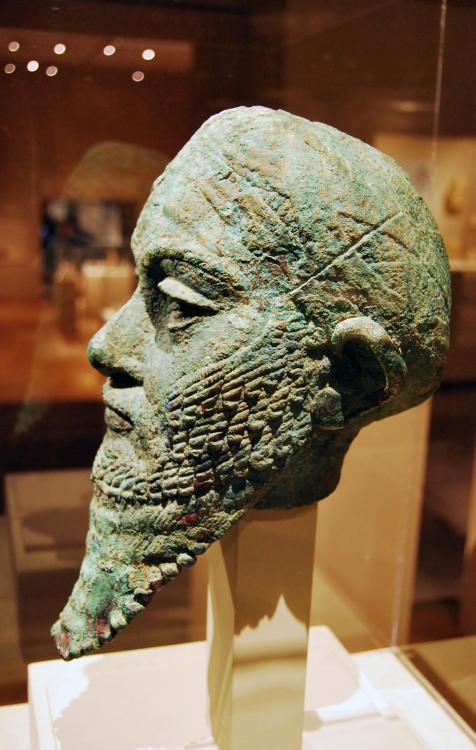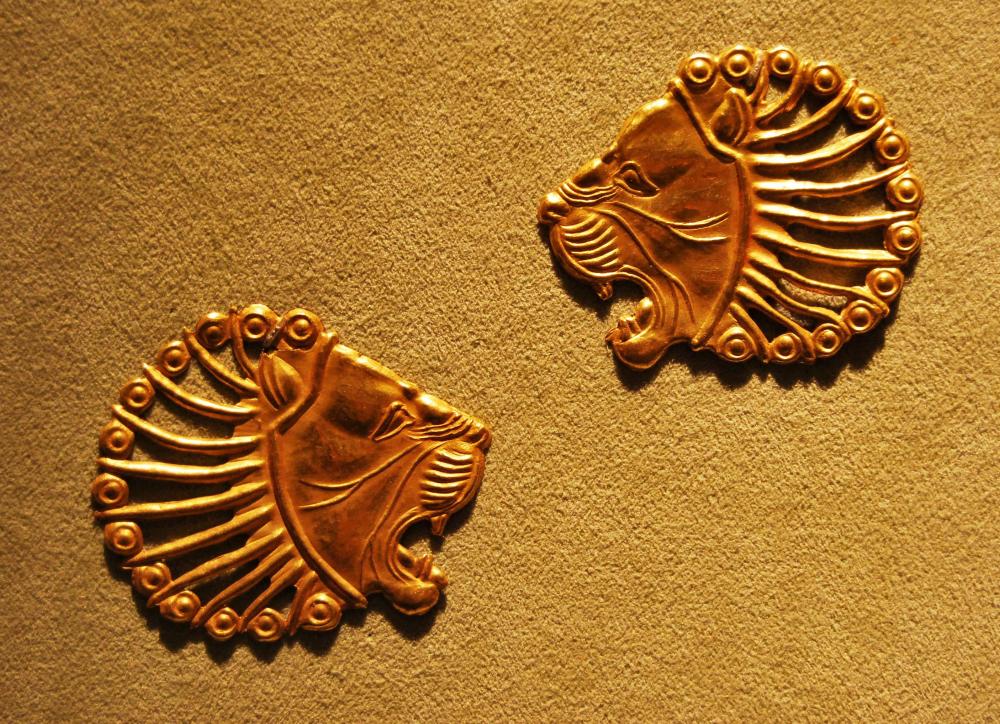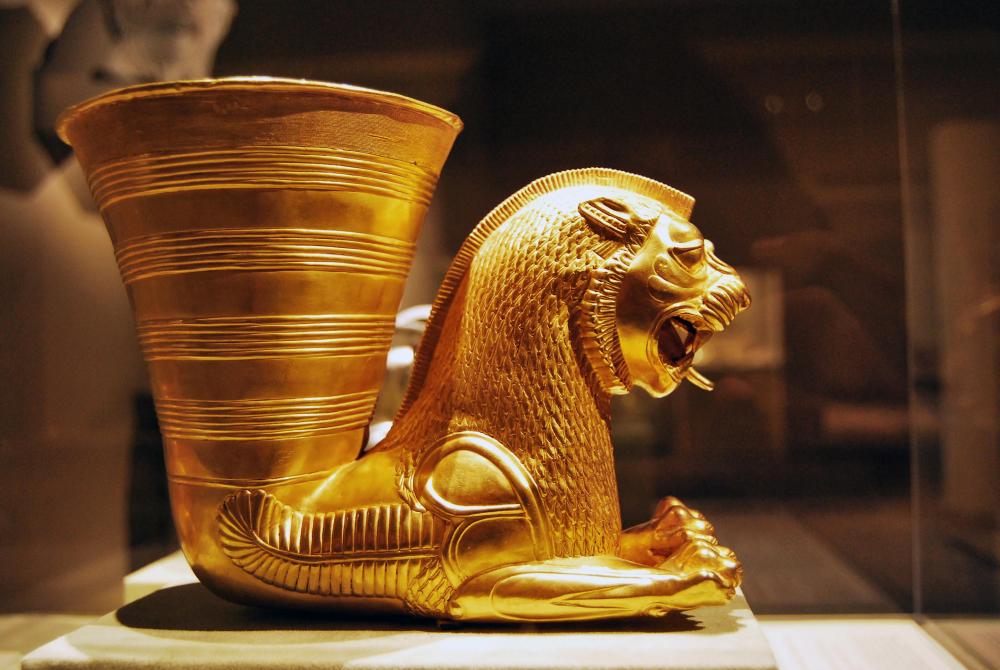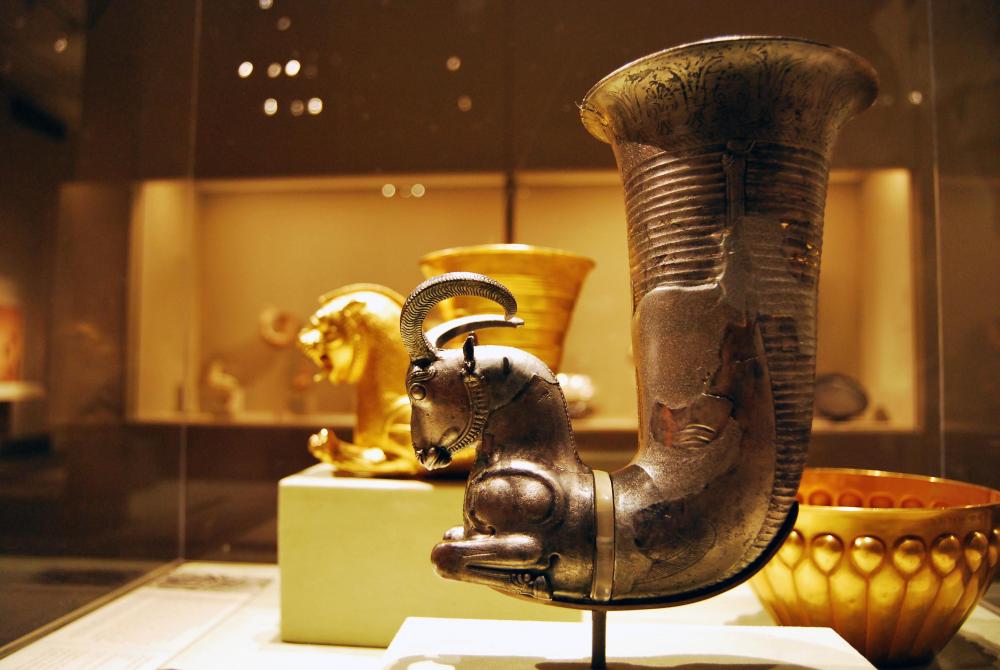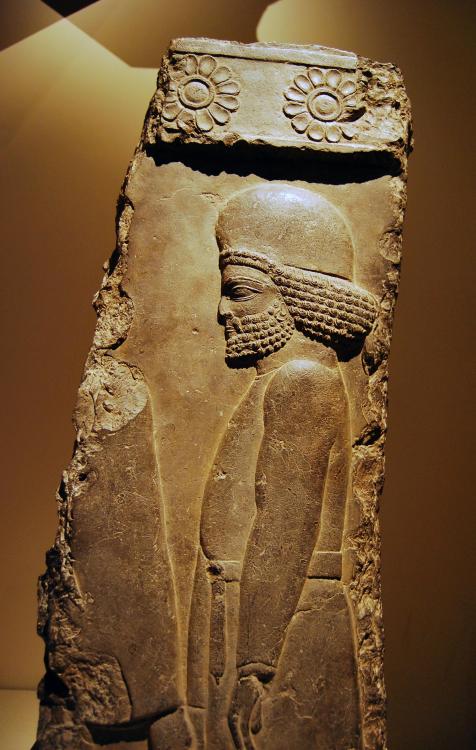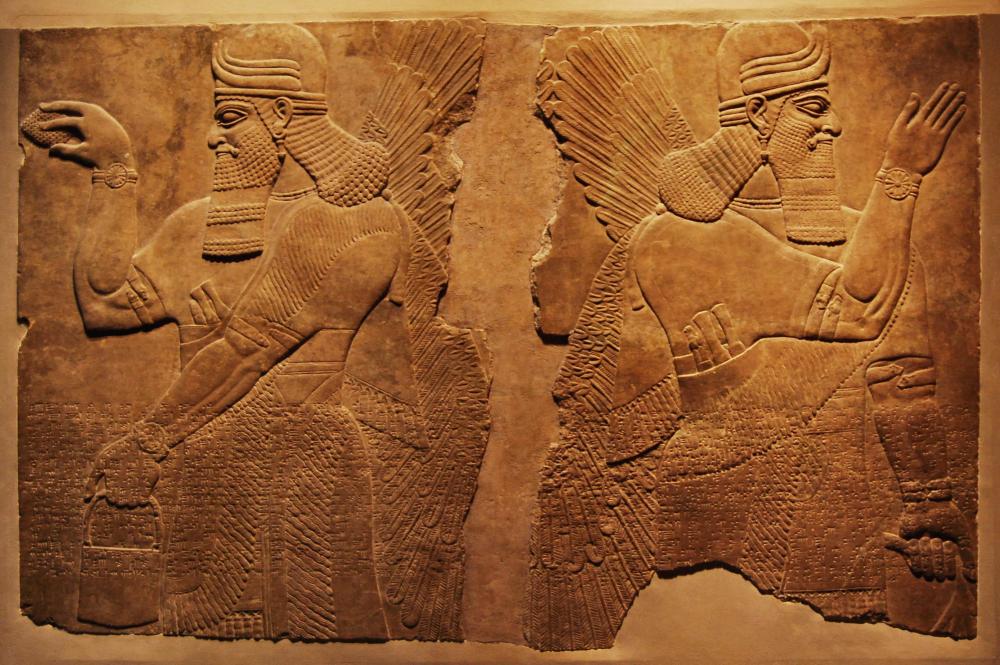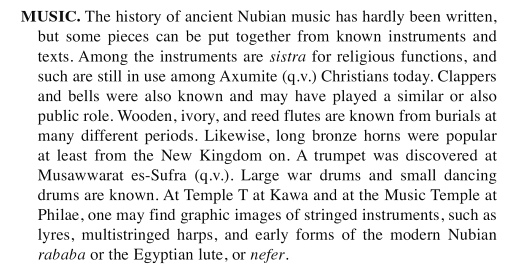-
Posts
2.332 -
Joined
-
Last visited
-
Days Won
60
Everything posted by Sundiata
-
I'm surprised that the Greco-Bactrian Kingdom isn't suggested more often. Their contact with the Maurya Empire and the Seleucids go without saying, but there's also interplay with the Scythians, wars with the Yuezhi and most exciting of all, they bordered the Chinese (on the doorstep of the Xiongnu), possibly even fighting them in Xinjiang in 220BC. Unlike the mythical Roman-Chinese contact, the Greek-Chinese contact was totally real! They're probably also the least "Greek" of the Hellenistic civilizations, partly converting to Buddhism, as well as having resident Hindu and Zoroastrian populations. [updated] Sorry @stanislas69, I did it again, didn't I? If there's interest I might start a separate topic for them...
-
Zapotecs were enemies of the Aztecs. The proto-Nahuan language, Nahuatl being the language of the Aztecs, seems to have appeared in Mexica around 500 AD, more than a millennium after the establishment of the Zapotec culture. There is little consensus on the Huns descending from the Xiongnu (there's even some controversy). It's one of the proposed theories, but Mongolic and Turkic are also often cited as descendants, even the Uyghurs claim descent. As for the origin of the Xiongnu (language), Iranian/Scythian and Yeniseian (Siberian) are mentioned. Nice work on the release though! Can't wait to play it !
-
Sometimes you can say "close enough", but that's not really the case here imo. Yep. There is a basic recurring layout for Celtic sanctuaries: A square (sometimes round) enclosure (ditch and wall), with a central inner sanctuary, later evolving into the Gallo-Roman sanctuaries (fanum). I always get the distinct impression, looking at the current temple, that it's somehow based on this: It's just a walled farmstead, so that would be a weird mistake and I'm not sure it is actually based on this, but I do believe I've come across this image being mislabeled as a temple or something before. Again, I'm not sure though... Anyway, here's some more interesting visuals: https://www.researchgate.net/publication/308992205_The_power_of_the_past_Ancestral_cult_and_collective_memory_in_the_Central_European_Iron_Age http://mitchtempparch.blogspot.com/2008/11/viereckschanze.html http://samla.raa.se/xmlui/bitstream/handle/raa/2511/1984_150.pdf?sequence=1 https://link.springer.com/article/10.1007/s10814-017-9107-1 https://www.deviantart.com/vincentpompetti/gallery/48658785/Celtic-and-Roman-world
- 264 replies
-
- 1
-

-
- britons
- east celtic
-
(and 2 more)
Tagged with:
-
Interesting... But then I'd still go for the simpler 3d century BC sanctuaries as common temple and the 1st century BC large sanctuaries as wonder, and since the one at Corent is the more elaborate one (colonnaded courtyard), it seems like the logical, straightforward choice... That's pretty funny... I honestly just don't want to spend 1000 food, wood, stone and metal on a rack of corpses... It's a fitting atlas prop and would go nicely with elexis' new two streams map. But yeah... Rotting corpses... I kind of feel ill thinking about it...
- 264 replies
-
- britons
- east celtic
-
(and 2 more)
Tagged with:
-
Oh, sorry, I was just checking if any of those were interesting for you guys, then I could focus on those in the future. It was just a teaser... (I don't like starting new topics unless I'm going in-depth)
-
I think the cloth covering rather makes the building more interesting. A sort of Gallic velarium. The cloth should just be broad strips of cloth with small spaces in between, instead of a huge single cloth, kind of like this: The way those posts in the inner circle are set up seem to suggest something like this anyway The reason I suggest the Corent sanctuary for wonder is pretty straight forward. Every Wonder in game is a substantially sized structure (almost always the largest structure available), and relatively unique...The Corent sanctuary is both. Ribemont-sur-Ancre is going to cause nightmares. It seems overly vulgar, and inappropriate for a wonder that should stand the test of time (at least more than 1 generation). I mean, really, it's a pile of decapitated corpses... What kind of a wonder is that? A tree (even if it has gilded branches) doesn't seem like much of a wonder to me either. I mean, it's a tree... Wooden statues are also just that. Wooden statues... They'd make really lovely props and even as Delenda Est cult statues. But they're not a wonder... The reason I prefer Gourney-sur-Aronde as a basis for the temple is because its not unique. There were other sanctuaries with a similar set up, like the old Gallows Hill sanctuary: Wooden temenos wall and ditch surrounding a square-ish open space, with a single modest structure in the middle (round hut for Britons, rectangular structure for the Gauls). The Celtic temples would have a different footprint from the other typically rectangular temples, but they'd still be totally recognizable (the current one already has a unique shape anyway), would be historical and it's good to have some realistic aesthetic differences between civs (like the square CC of the Kushites or even the current Celtic CC's which also break with the "norm") I'm pro. Cool!
- 264 replies
-
- 1
-

-
- britons
- east celtic
-
(and 2 more)
Tagged with:
-
-
Elephants do indeed go down quite easily. Advancing with Kushite elephants through fortified positions of the enemy is a bit tedious, I agree. There's also this related topic: Anyway, I think every civ having battering rams would help negate this issue. just make sure to make battering rams slower than the slowest infantry unit because chasing rams across the battlefield is really... Ugh...
-
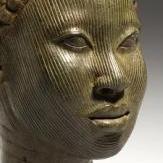
The Kingdom of Kush: A proper introduction [Illustrated]
Sundiata replied to Sundiata's topic in Official tasks
@Elinvention, Ha, welcome to the forum! I was just casually googling recent mentions of 0AD and Kush . The site looks good, but I'd have to read the rest of the articles to give you any more in-depth feedback. I thought the article was a nice introduction/impression/reaction. Perhaps mention a little bit about the game itself (historical Real Time Strategy, free, open-source, cross-platform). And when writing about a game, or some obscure piece of history, an image or two always does wonders to wet the appetite of the reader. Saluti,- 1.040 replies
-
- 1
-

-
- civ profile
- history
- (and 5 more)
-
lol, sorry, couldn't resist... The Great Triumphal Stela of Piye from the Amun temple at Napata, Year 21, c. 727 BC, mentions the use of a "movable tower" (Fontes Historiae Nubiorum p. 78), and even catapults (p. 80). Although "catapults" is a bit of a tentative translation and 727 BC seems like an almost incredulously early date for such a weapon (maybe it was just referring to slingers). That having said, their immediate neighbours in the levant were already using such devices: "King Uzziah, who reigned in Judah until 750 BC, is documented as having overseen the construction of machines to "shoot great stones" in 2 Chronicles 26:15". The Kingdom of Judah actually entered into a sort of protectorate relationship with the Kushite 25th Dynasty during Piye and Taharqa's reign, to thwart Assyrian expansionism, and cultural exchanges (including military ones) were common. It should also be noted that Kushite fortifications were often built with narrow L-shaped gateways, indicating attempts to neutralize ramming attacks (which means that siege warfare was a part of the local staple, also mentioned in their stelae). Lets not forget that their Bronze Age predecessors conquered the Egyptian Middle Kingdom Fortresses in Lower Nubia. These Egyptian fortresses are widely acknowledged to have been some of the most substantial fortresses ever built in the Bronze Age and they fell to Kushites. I agree with the rest of what you said though I believe for balance purposes all the pikemen across civs have similar stats, although if unit-stats become more unique per civ, Kushite pikemen should definitely be bested by any other (Greek) pike-unit. They should technically have lower armour, to be more precise. Spartans weren't really known for their champion cavalry... They had cav, they just weren't good compared to more cav-heavy civs. They used cavalry mercenaries later on though, anybody know more about them? There's always a way to counter your enemy though. Play around, have fun, discover the dynamics a little more in-depth. You'll quickly realize that the AI is a bit of a dimwit. If you get frustrated, you can play with a revealed map and watch the AI and even learn from it. If you get really frustrated you can watch youtube-replays and tutorials which are also very helpful. The pro-multiplayer matches are on another level and watching them will quickly teach you everything you need to know to crush noobs...
-

The Kingdom of Kush: A proper introduction [Illustrated]
Sundiata replied to Sundiata's topic in Official tasks
An Italian Linux blogger called Elia Argentieri wrote a small piece about 0AD adding the Kushites as a playable civ. It's always nice to see people excited about learning something new https://elinvention.ovh/blog/il-regno-di-kush/ Italian: English translation: "Given the cultural contact between Egyptians and Kushites, Kushite artifacts are often exhibited in Egyptian exhibitions and museums, although they were two distinct realms. It would be like confusing Greeks and Romans!" - The most memorable line for me And of course, here's some more totally random visual references for the Kushites:- 1.040 replies
-
- 3
-

-

-
- civ profile
- history
- (and 5 more)
-
- 264 replies
-
- 1
-

-
- britons
- east celtic
-
(and 2 more)
Tagged with:
-
- 264 replies
-
- 2
-

-
- britons
- east celtic
-
(and 2 more)
Tagged with:
-
@wowgetoffyourcellphone, I remembered taking some pics at the Metropolitan Museum of Art in New York, back in 2011, including some Achaemenid artefacts and Neo Assyrian reliefs and a Neo Assyrian Lamassu, very similar to the Persian examples. Perhaps useful or interesting references: I'd also like to remind our talented in-house artists ( @LordGood, @stanislas69, @Alexandermb ) that a proper version of the lamassu is important for the "Gate of All Nations", which needs to replace the Hanging Gardens of Babylon. The outer gate of the Gate of All Nations is flanked by two giant bull statues, the inner gate is flanked by two giant lamassus. The Hanging Gardens of Babylon might be pretty, but just like stonehenge for the Celts, the Hanging Gardens were a terrible choice for the Achaemenid Persian wonder. It belongs to the wrong civilization (Neo-Babylonian Empire), pre-dates our timeframe by a century, and is semi-mythical... Soooo, if you guys find the time, could you take another look at this topic, and adjust/improve/re-texture/finish @Enrique's already decent looking model? I also provided some good primary references and artist reconstructions of the structure here:
-
So there's no (near) absolute figures? What do you think was the minimum amount of times alpha 22 and alpha 23 have been downloaded so far? SourceForge lists about 28,274 downloads since July 2017, and Wikipedia also says: Yeah, a lot of people want common villagers to be a thing. That doesn't mean we need to throw out citizen-soldiers (at all), it just adds a layer of nuance to your population, because, as you say, there is currently "no strategy in population growth for the most part". We need a civilian aspect to compliment the military one. More than just farming women. It will make the military aspects all the more rewarding.
-
It's really not doing fine. FPS and RPG have become totally dominant in the market, with RTS being relegated to a niche market of nostalgiacs. Sure, there's millions of us, but there's more than a billion gamers in the world... RTS is definitely making a comeback of sorts, partially thanks to the AoE announcements and a slew of new RTS games that came out recently, but good (historical) RTS games are still just a drop in the ocean. Totally suggestive google search results: That was a publisher banking on nostalgia, really. He said it... This is one the things that lies at the crux of the matter. There are more than a million total downloads of 0AD and recent alpha releases are hitting hundred thousand+ downloads if I'm not mistaken... At any given time there are not more 200 people in the multiplayer lobby (if that), and I'd be surprised if more than a few thousand people play 0AD online. That means that the vast majority of players are playing Single Player against the AI... This is an important fact to keep in mind when thinking about 0AD's player base. Online players are simply way more vocal, by definition, because they're online more often, they're more active in development, on the forum and other platforms pertaining to 0AD. There is a large, silent majority, that enjoys a totally different way of playing and experiencing the game than the hectic, fast-paced (sometimes stressful) MP-games. A lot of people play games to relax (one of the reasons why the passive AI was so important) and enjoy the details. The MP dudes don't even use the zoom function... Camera is always the same angle... Laugh at the sight of players building an esthetic and organic looking town... Play at low graphic settings because frames per second are more important... Don't see anything wrong with "house-walls" or building more barracks than they have houses. Of course I'm generalizing here, and I enjoy a good MP-game myself, but MP and SP are two different worlds, and MP-concerns have gone at the expensive of the SP-experience. Many people want more variety than can be had from obsessive compulsive 30 minute clicking competitions. Normally, MP-player is a derivative from SP, but with 0AD, it's become the other way around, and that's problematic for a number of reasons, especially with regards to fleshing out the gameplay. There's also a lack of interconnectedness between the different game-mechanics, but again, Delenda Est is going a long way at creating a more harmonious and integrated whole (but that's a different discussion). Of course, there are many conventions in classic RTS that are simply "necessary", but many are also just that. 20 year old conventions contrived in an era of simpler computers and simpler games (and gamers). Times have changed, and adding depth to a game doesn't need to make things convoluted unless it's done without finesse, nuance, common sense and rigorous testing. Some people like that, but I agree it would be totally ridiculous to have to focus on something like your stores of candle wax in 0AD. That's not what I want either (nobody expects that level economy microing in 0AD). But there should be something of an economy... Even Age of Empires III (2005) had neutral traders spawning at the edge of the map, passing your outposts and exiting at the other end of the map, so you at least have the feeling that resources aren't appearing out of thin air, and the feeling that you're exchanging something with an outside actor that's not your own. Having something of a civilian economy (be it a simple one) would really add immersion, and make you feel you really have something worth defending. "passive playing style" will get you wiped of the map pretty quickly, as it should be. I'm not talking about passive, I'm talking about defensive/non-agressive/calculated/diplomatic. There's many ways of winning wars. Brute force hardly ever cuts it. There's always trade-off for the choices you make, or as you say, sacrifices. Your remark has more to do with balance, which depend on parameters that can be changed, than the potential quality of new or re-designed features. I admit that some imagination is necessary to understand the points I'm making. They are a bit abstract. But it's often the things you don't consciously notice that make a game very enjoyable to your subconscious. A natural, intuitive, immersive and harmonious gameplay are fundamental to a rich gaming-experience. 0AD has come a long way, but isn't quite there yet. Sure, isolation is generally speaking bad, but I'm talking about effective defences and smart diplomatic maneuvering, not cutting yourself of from resources or trade. I agree, common houses were generally not that strong. They also have doors and windows that can be easily broken through. And lots of wood/thatch/fabrics that easily burn.
-
All of that! Literally everything... @0AD_development_team: But I'm pretty sure they weren't trash though They were pretty feared.. They were also a popular mercenary unit in demand across the Celtic world and even beyond. I don't think they were that cheap. Admittedly, armor wasn't their strength, but they inspired terror, and you know, they were fanatical, which always makes for good fighters In times of existential threats to the tribe, Celts sometimes equipped large masses of peasants with a spear and shield (literally peasant levies), which are weak, but cheap and fast.
-

[Kushites] Nubian Music, call to musicians
Sundiata replied to Sundiata's topic in Game Modification
@OmriLahav Just two more inspirational sources: The 1st minute especially provides some nice traditional sounding Sudanese fluting. It's pretty difficult to find quality (video-) recordings of traditional Sudanese instruments being played, but there's a bunch of stuff from Ethiopia, which have sometimes very similar sounding stuff. The following example is traditional Ethiopian spiritual music (known as Mezmur), but they use all the right instruments (more or less), and the tunes are comparable to some of the Nubian examples in the first post. Beautiful interplay between the Lyre, Flute, the Masinko and the percussion, to the backdrop of the mesmerising Ethiopian highlands: -

[Kushites] Nubian Music, call to musicians
Sundiata replied to Sundiata's topic in Game Modification
@OmriLahav Here's a little extra info from another source that might be interesting. A guy called LinusLinothorax has done a lovely deal of research on the Kushites (and other Sudanic civilizations) for various Total War mods. On the topic of Meroitic music, he wrote the following: He also provided an example of a soundtrack for a mod depicting the Kingdom of Makuria, a medieval Christian Nubian kingdom in Sudan, succeeding the post-Meroitic period. They essentially used the same instruments, and their soundtrack seems pretty decent (although I'm confident you could come up with a little more jazzy tunes more in line with traditional Nubian music: http://www.twcenter.net/forums/showthread.php?667530-An-Europa-Barbarorum-2-Faction-Proposal-Meroe I also failed to mention anything about African fiddles, which are widespread across East, West and Central Africa, come in many forms and produce a very distinct sound very appropriate for the Kushites. There are obvious overlaps between Sudanese and Ethiopian musical traditions (to this day). Here's the Ethiopian fiddle known as Masinko or masenquo, to the beautiful backdrop of the Abyssinian castle at Gondar: Mali fiddle: -
It's not so much about who thinks faster, as in any game, the quick thinker has a big advantage which is totally normal. The question is more about what is being thought about. How many, and what kind of options do you have at your disposal and which ones do you choose for the specific situation at hand?
-
@coworotel, fair remarks. Expecting an amazing strategic depth from a classical RTS like 0AD may or may not be a bit much, but we can expect it not to devolve into a clicking competition. It should at least have good strategic depth with a sensible pacing, I mean, it is called a Real Time Strategy game after all, not Tekken. There are many ways of managing, balancing and facilitating a greater sense of strategy through costs, train- and build-times, new and/or revamped mechanisms and far more expanded, unique and comprehensive tech trees (so expansive and incrementally expensive that you couldn't realistically research everything, forcing you to make choices). And most historical city builders lack a good military aspect. 0AD offers both elements of historical city builders as well as historical battle simulators like Total War. 0AD can't and shouldn't become either of those, but since they're already overlapping in certain areas, I argue to "do a better job" at integrating a very simple arcade type mechanic of city builders and apply it to the base-building aspects of 0AD, and integrating a very simple arcade type mechanic of battle simulators for military aspect of 0AD. We can go more in-depth without becoming too complicated either. Basically fusing the best of both worlds in an RTS format.
-
That's part of what killed the classic RTS genre in the first place. Overly simplistic, repetitive, boring after x-amount of games. Building houses in a circle around fields is not strategical base building, it's taking advantage of flawed mechanics. Why in the world would a circle of houses protect anything? Walls are for protection, but they don't really offer any good protection as it is. Pro-players don't use them, and neither does the AI... That's a bug/missing or incomplete feature. Not a quality. Building houses in circle around fields (often around the CC) is also super ugly, totally unrealistic (nobody farms in the city center) and just plain silly/immersion braking... It's a good example of what's wrong with 0AD as it is. Chopping wood, "mining" and farming/hunting/fishing isn't an economy, it's just resource-gathering. There's no logistics, no production chain, no consumption... Its deadening simplicity is braking immersion. Sending traders back and forth with no products whatsoever isn't trade either, it's just taking a magical walk that produces stone/metal/food/wood out of thin air. Likewise, rock-paper-scissors is useful in unit balancing, but way too simple as the main parameters of a successful military strategy. I know there's more to it than that, but then we're back at neurotic microing of braindead units which only a handful of people really enjoy, and teching up as fast as possible... Many of the maps themselves also lack a certain strategical depth (partly a casualty of balance concerns), making the choice of when and where to expand less relevant than it could be (although newer maps are becoming more interesting, it's still something that could improve). Definitely not case unless the players themselves want it to last for hours... These suggestions don't mean that balancing is thrown out the window. There would be trade-offs for everything. You could go for a well rounded approach, developing a bit of everything, but not specializing in anything, or choose to focus on a militaristic, mercantile, or fanatic religiosity or nationalist approach, which all come with their respective advantages and disadvantages. These things should remain relatively abstract choices, with a lot of potential overlap. Having more in-depth strategic choices can either prolong the game if both players are equally brilliant, or cut it short when someone makes a less than optimal decision. The point is the outcomes are far more variable and unpredictable which makes thing interesting and spicy. I'm unreceptive to the idea that turtling shouldn't be encouraged for defensive players, as I also think that developing formidable siege capacities should be encouraged for aggressive players. Both turtling and raiding should be viable strategies with intrinsic advantages and disadvantages. Being cautious is good common sense, and should absolutely not be penalised in favor of aggressive or impulsive/reckless players going all out the moment they reach their pop-cap. It should be balanced between the two. I can't really stand the idea that certain types of players are "discriminated" against by default. That's really wrong. It's similar to numerical superiority being frowned upon, although it's a totally legitimate strategy. Some players should be able to focus on recruiting all elite units and create a small but highly professional army while other players should be able to focus on recruiting a large mass of peasant levies that can overwhelm the enemy through sheer numbers. Both strategies should be totally viable. ? The priests don't bless the monuments, they bless the troops. They just bless them at the monuments/temples/statues, through prayer and sacrifices. Religion was kind of a big thing in the ancient world. It had a major effect on the way people thought and behaved. Troops with a strong religious fervor can outmatched better trained and better equipped troops by sheer willpower, dedication, persistence, lacking a fear of death/sense of martyrdom. When warriors feel that their fight is ordained by the gods, and victory is their divine destiny, they will outmatch otherwise equal soldiers fighting for a salary. Be it the will of the gods, or simply a religious placebo, the effects are very, very real.
-
The 4 resources thing is mostly an archaic holdover from a time when computers (and games) were a lot simpler. People today are used to playing a lot more complicated strategy games with crazy amounts of options and possibilities. I understand that 0AD isn't a city-builder, a management game or a battle simulator, and shouldn't try to be so either, BUT, that doesn't mean that we should be hesitant to think outside the box, and borrow those elements from comparable genres that might add significant value to 0AD's gameplay without betraying the original game-design, which is actually far more in-depth than the game currently is and explicitly states that 0AD shouldn't become a clicking competition, but have varied ways to attain victory. The thing is, it's not 1999 anymore, and most of us aren't 11-year olds. Most gamers want options, in-depth strategy, tactical options that are more than who clicks faster. With regard to base(town)building games (like 0AD), many people today want a large variety in buildings, organic looks (natural diversity), the ability to build the town to their own specifications including beautifications. Many people just like to build a beautiful city and enjoy the views while toying with the AI, and playing our own little games in the main-game, like setting personal objectives like, "take that hill and build a city on it for no reason whatsoever"... 0AD is amazing as it is, don't get me wrong! I just look at 0AD and Pyrogenesis as a platform, rather than a finished game and engine. A platform with near endless possibilities. Since the days of Age of Empires, many millions of us around the world have been dreaming and fantasising about our ideal historical RTS game, and 0AD, more than any other project in the world, has the potential to fulfill those dreams. I'd just hate to see it as a 3D, stale rebalance of a 20 year old game, but rather as a trendsetter that rewrote the classic RTS-genre. A game that gives us the sense, the feeling that we're building a capital city, with peripheral towns and villages. The feeling that we're recruiting a real army. The feeling that we're marching out our guys to glorious battle, laying siege to the enemy's walled towns, and burning it all down. There is a lack in immersion right now, and the art department has been and continues to work miracles in the visual department, but the gameplay itself sometimes brakes immersion in unfortunate ways (although I'm confident the way the project has progressed over the years that the "end product" will be amazing no matter what).
-
In a way, yes... That would be the point... Beautifully historical, how battle-field losses, loss of territory and failure to protect your citizens and maintain your border affects the honor/glory/morale of your civilization and its fighters... More than that though, it offers different routes to victory. If you've invested heavily in honor and glory by building monuments and tasked priests to worship at them, a few minor losses on your periphery aren't going to be the deciding factor. If your enemy has invested everything in a large/cheap army and attacks you with low honor and glory, he might be surprised by the outcome of battle when he meets your main force of highly motivated fighters. It would require some considerable balancing efforts, but along with the introduction of "coin" and an actual, albeit simple economy, the point would be to offer much more divergent types of gameplay, with different civs having different accents. You could go for sheer military force/numbers/militaristic state (currently the only real strategy), or you could go for economic boom (becoming so rich, that you can easily train champions and recruit mercenaries, bribe enemy forces with low morale etc, research lots of techs, slaves), or you could go for honor and glory (building glorious monuments to the gods, blessings of the priests inspiring your troops with an unstoppable religious zeal, un-bribable, workers work hard for the glory of the gods and king). In reality you'd be making use of all three, but it's up to you to decide what you choose to emphasize. I've noticed that especially multiplayers are wary of anything that might cause a snowball effect, but the same players usually don't want long drawn-out matches either. Very understandable, but also somewhat conflicting. This combination leads to shallow/stale gameplay that focusses on Actions Per Minute and almost neurotic levels of microing. Real strategy is missing, and tactics are reduced to how well you master hotkeys... I would like to see more in-depth strategy and divergent gameplay options, which will lead to much more unpredictable outcomes, which makes the game way more interesting. Delenda Est goes a long way to illustrate how more in-depth mechanics aren't only possible, but really fun, popular/in-demand, desirable... Balance will always be an important question to address, but I don't believe it should be used to shun more in depth and varied mechanics. There are so many wonderful and unique civs in this game, but their differences are mostly cosmetic. There is so much potential and so much material to work with to create a far more engaging and in-depth game, that is far less linear, with a game progression that is far more divergent, unpredictable, and therefore interesting.

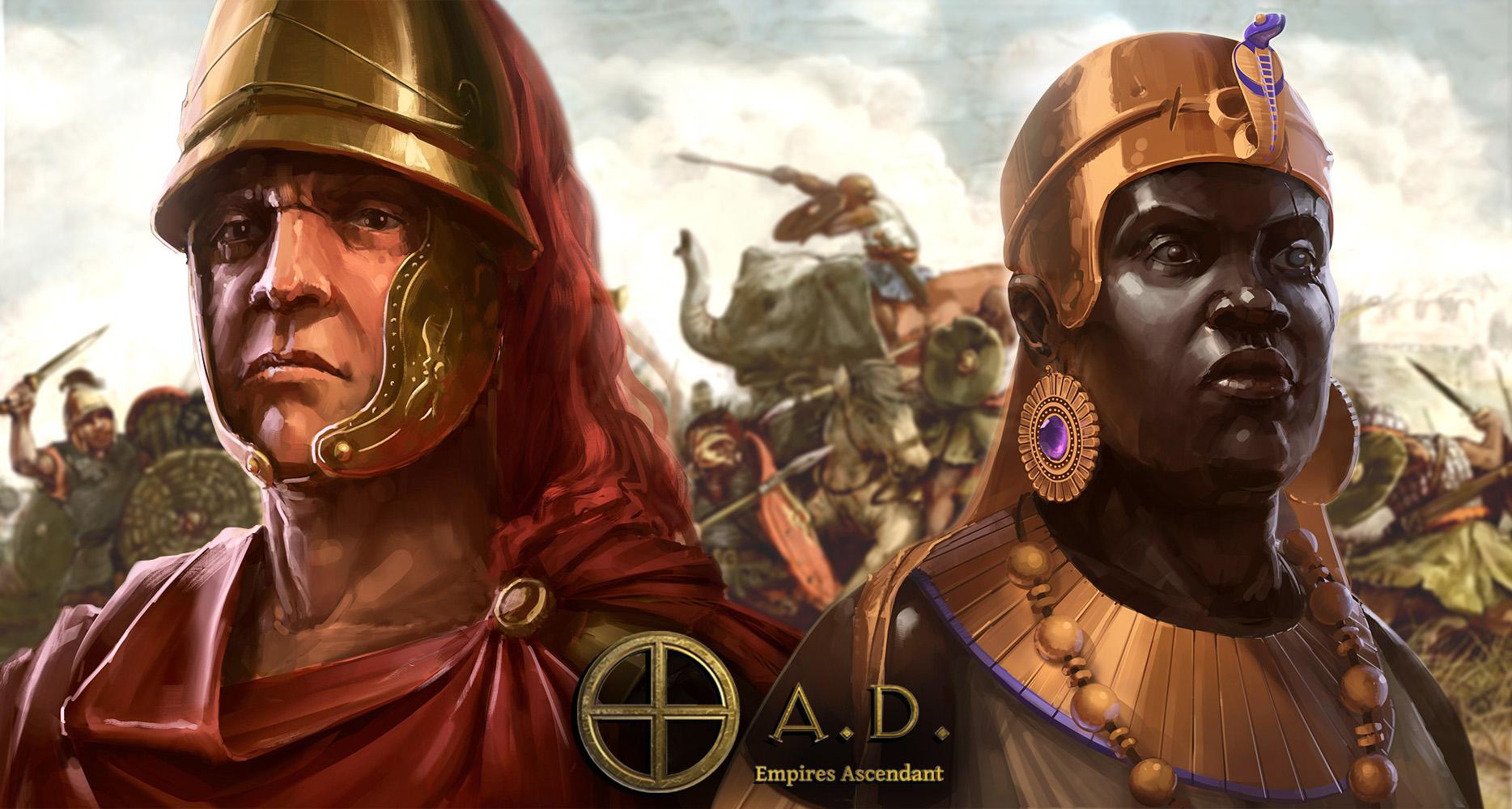
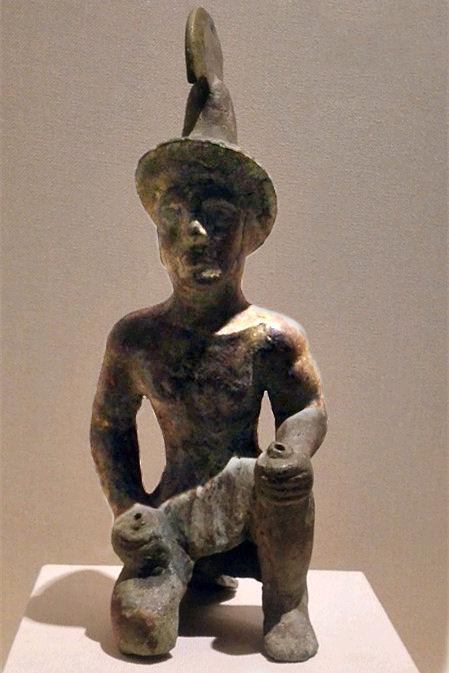
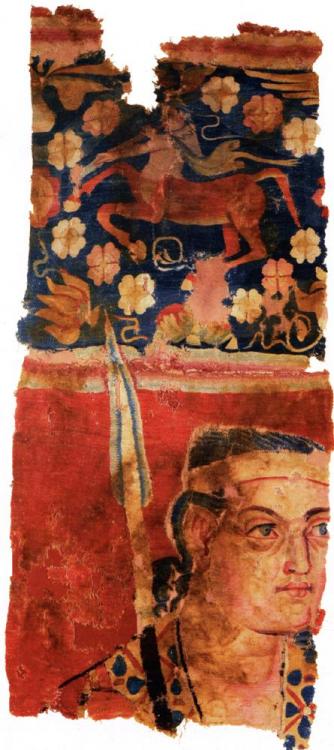
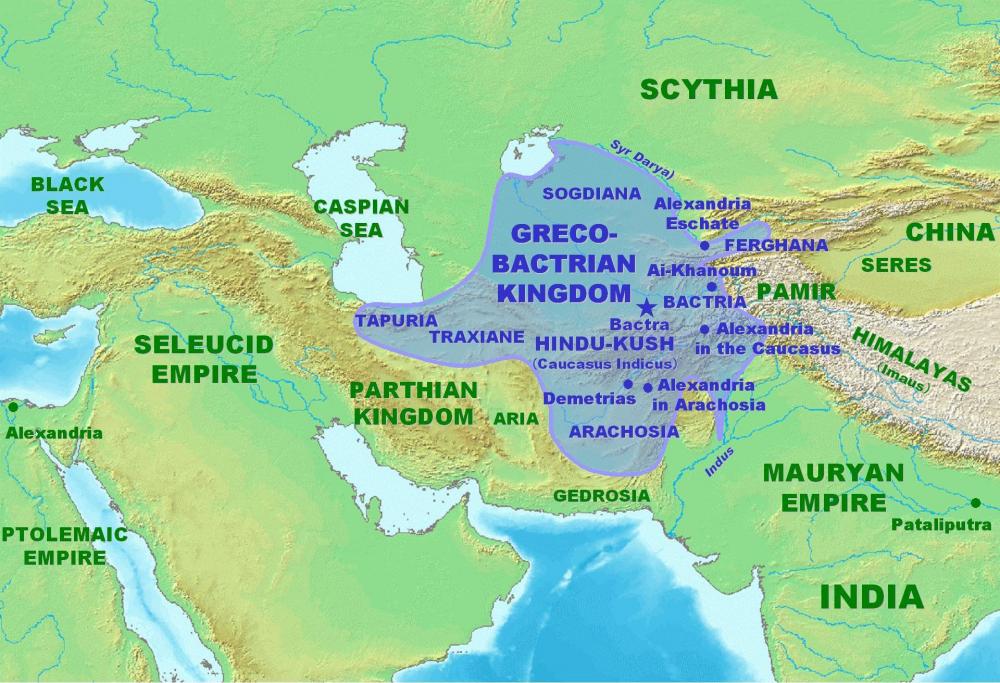
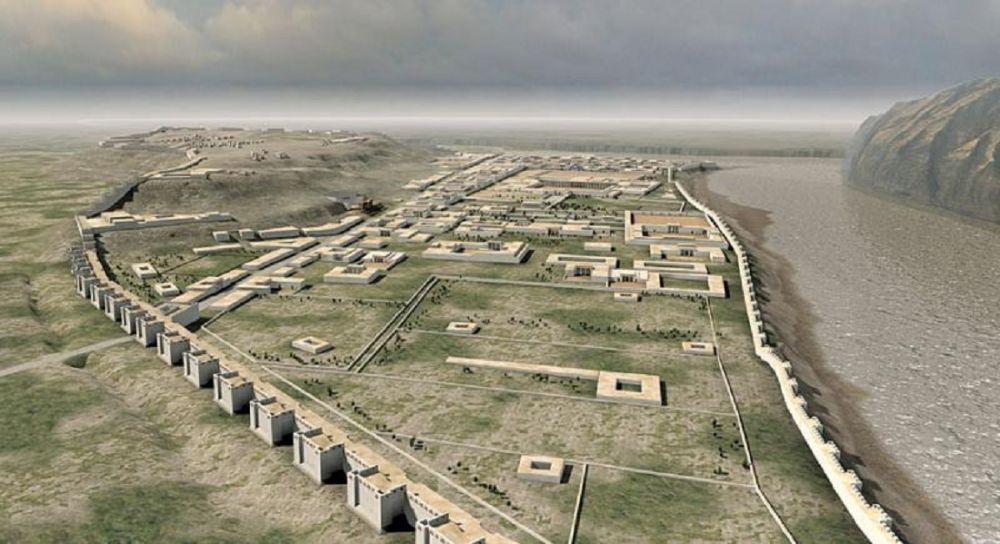
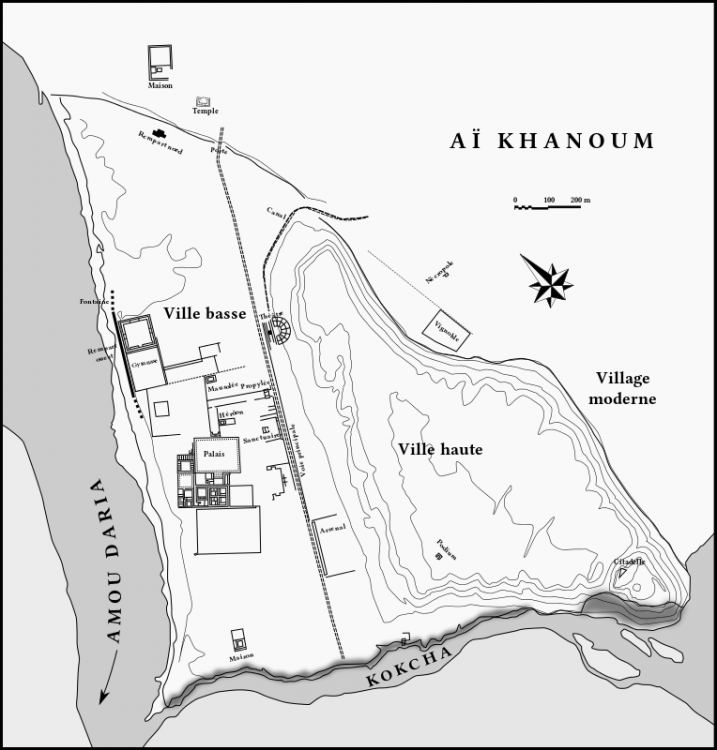
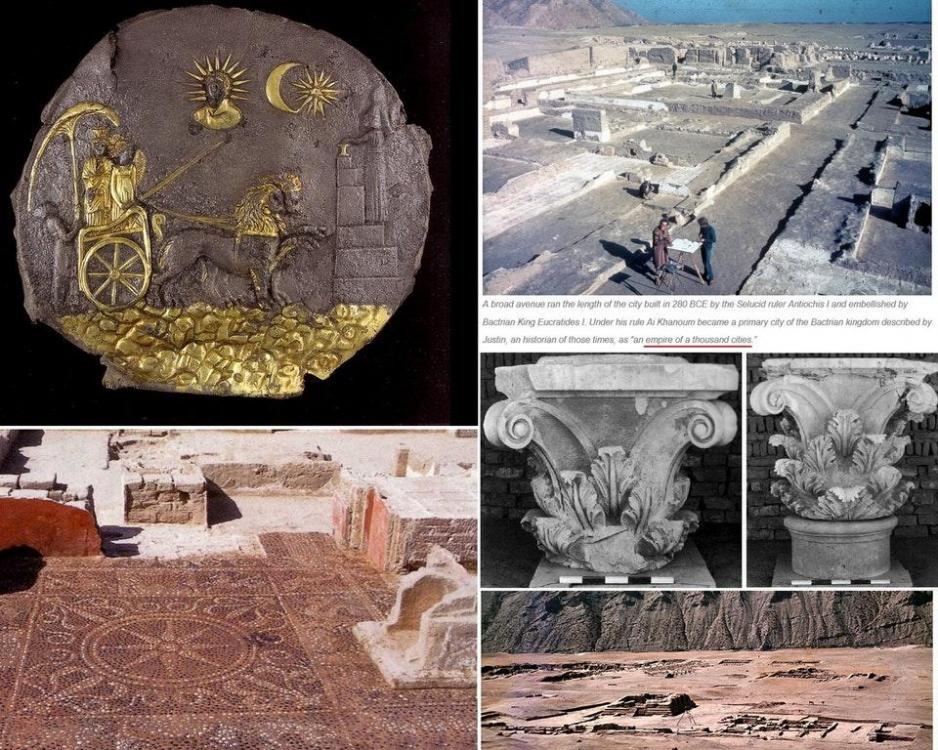
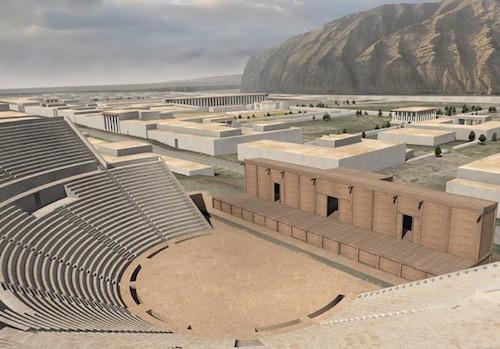
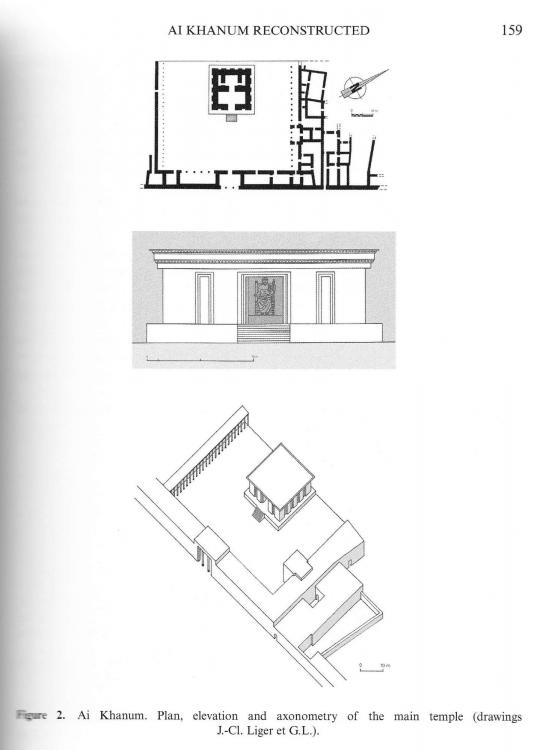
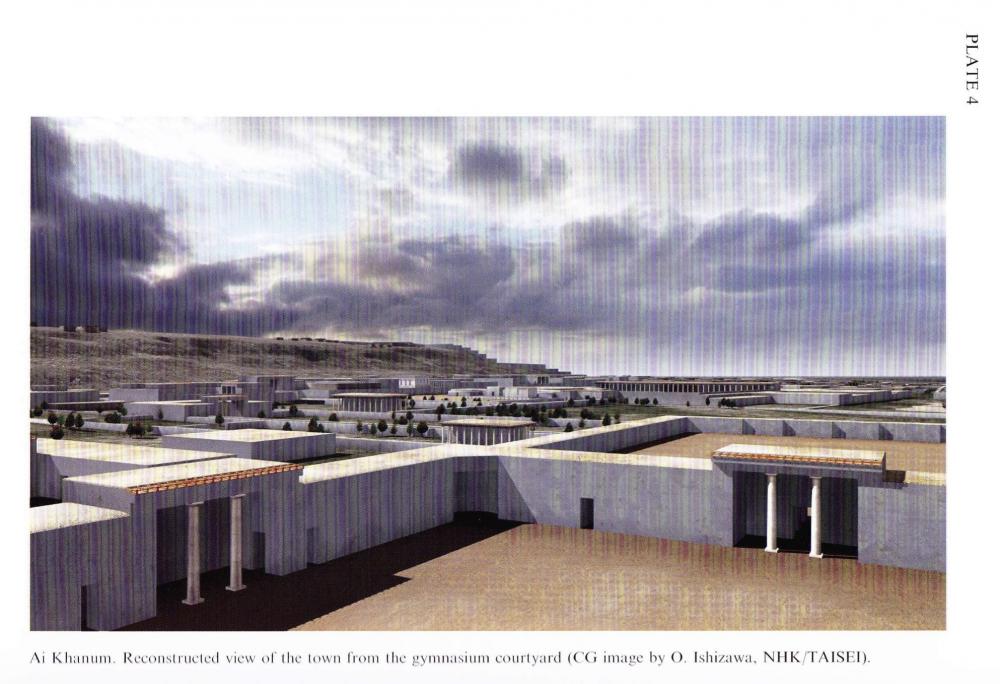
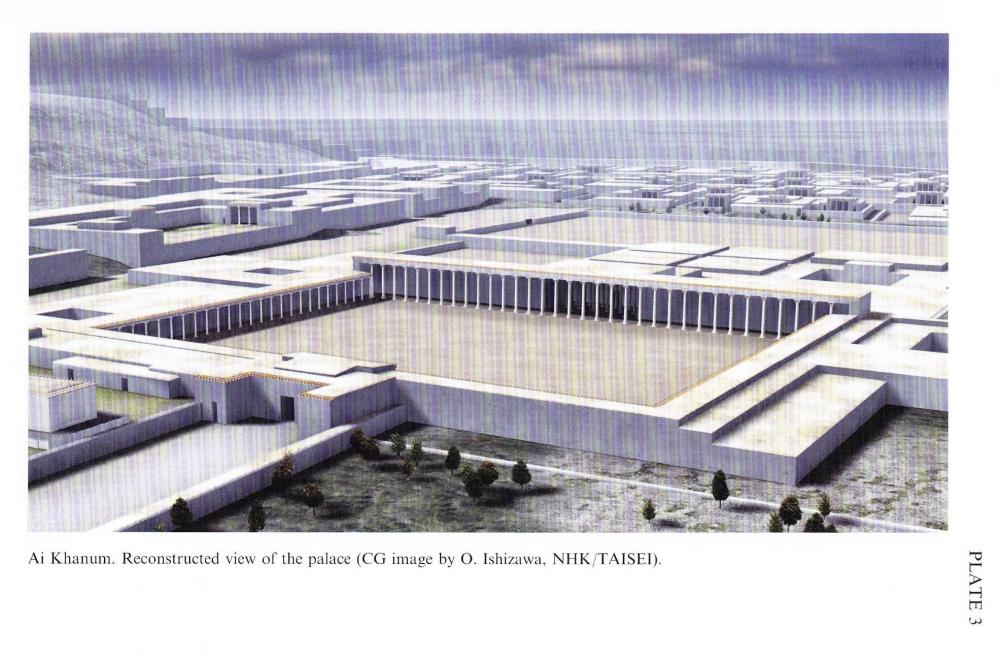
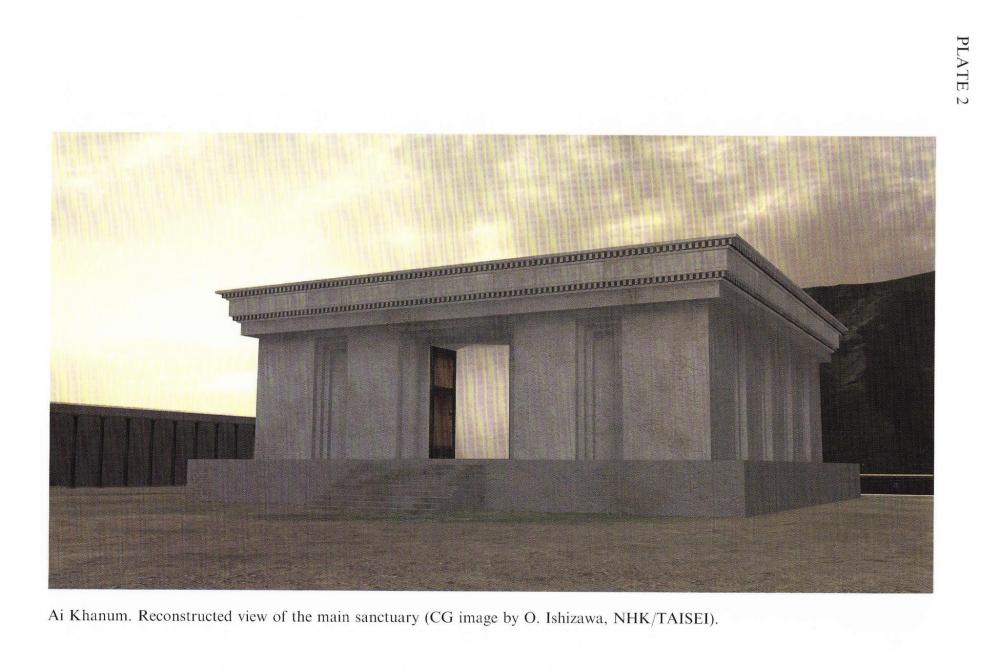
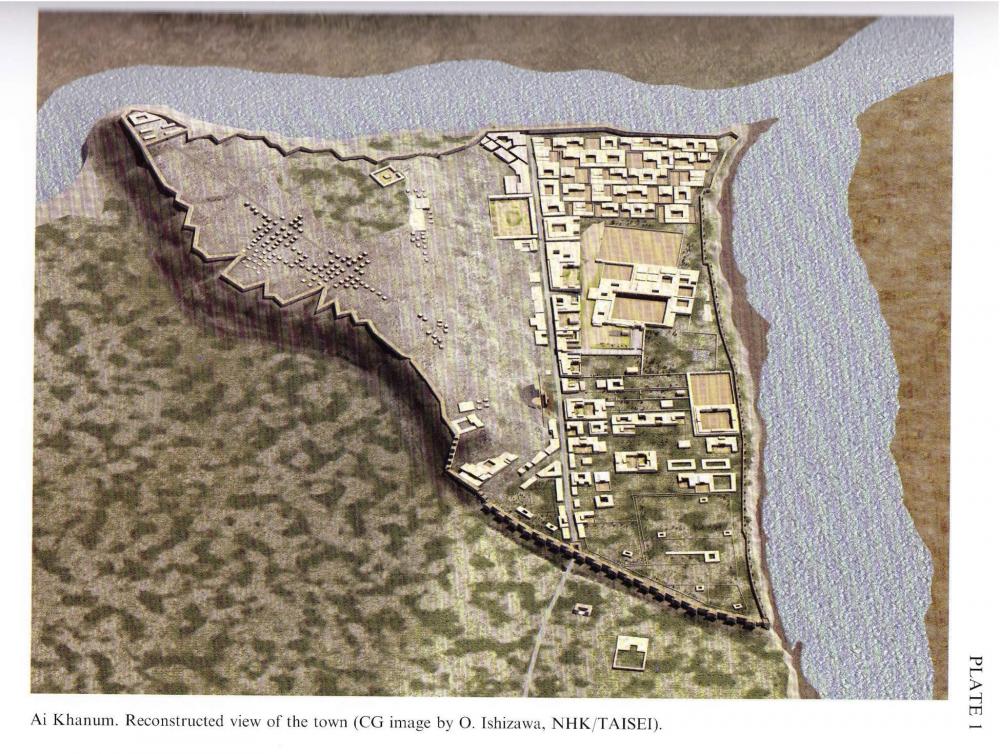
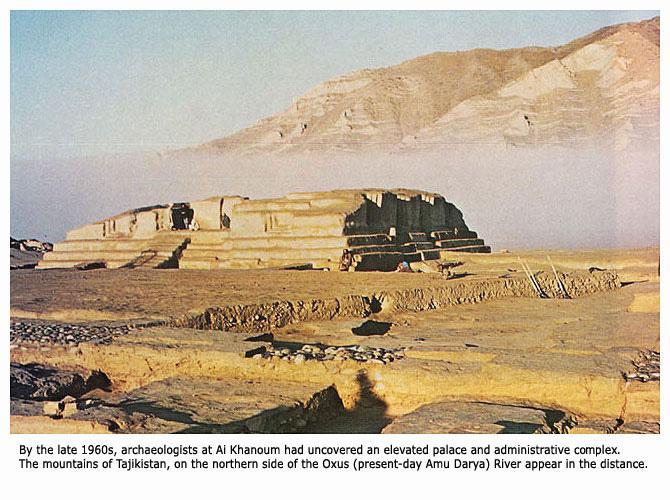
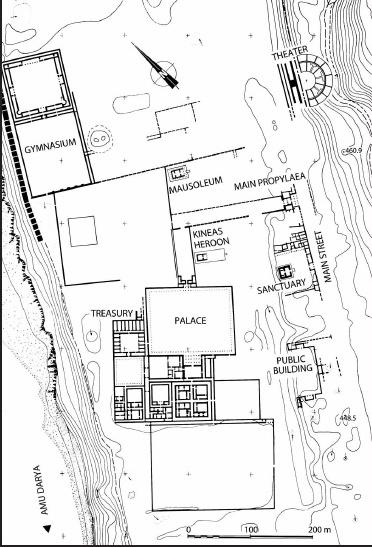
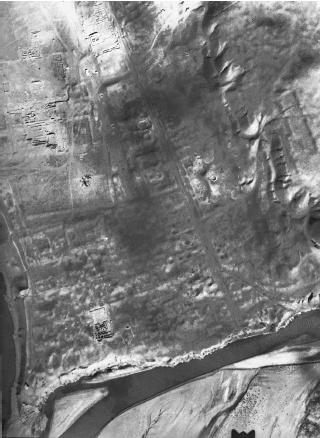
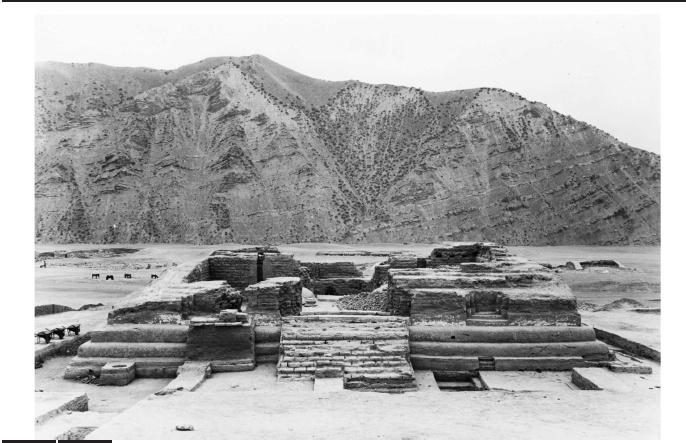
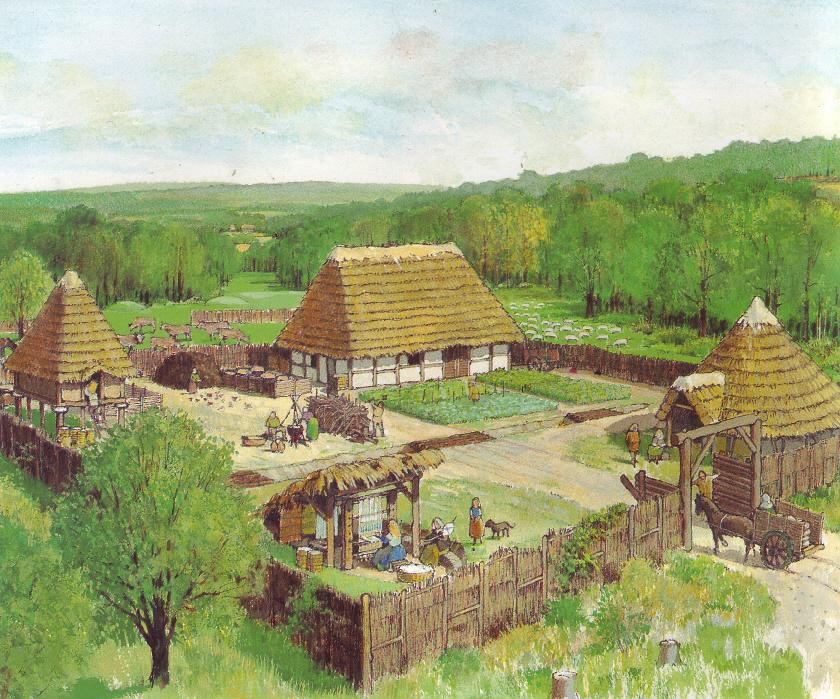
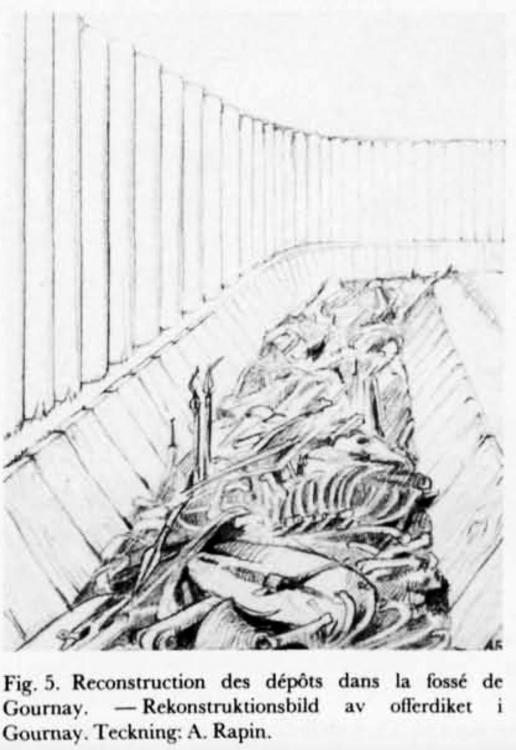
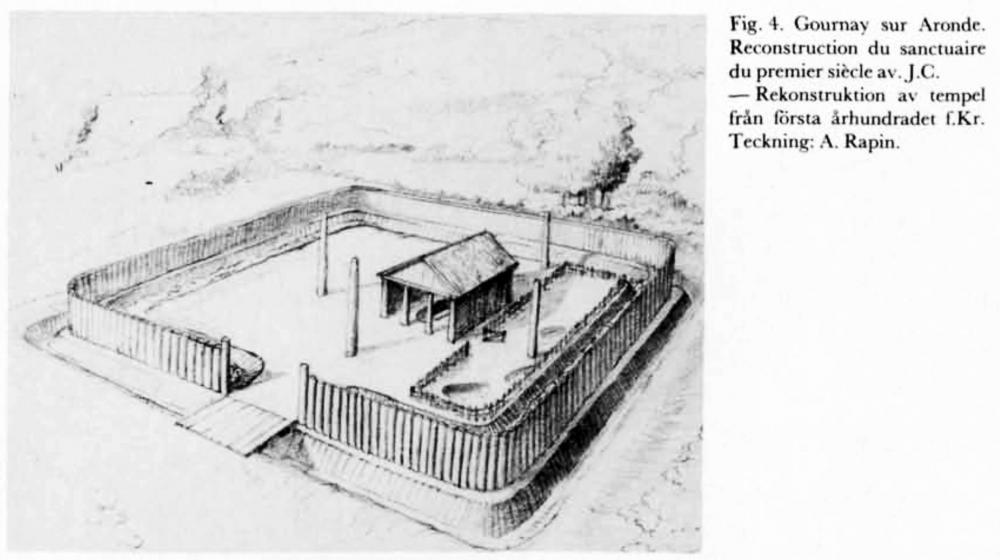
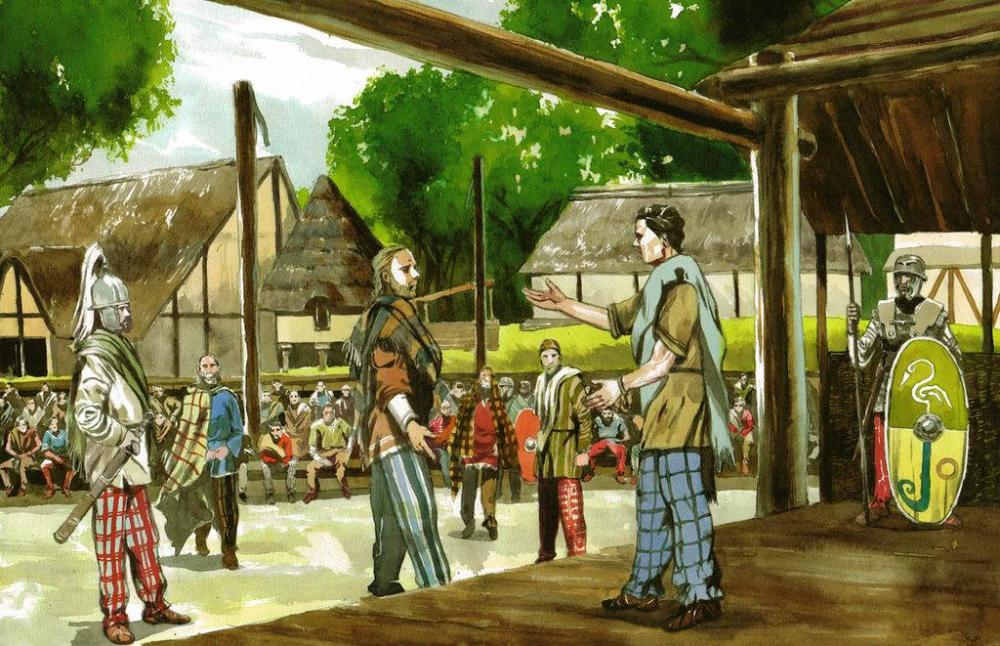
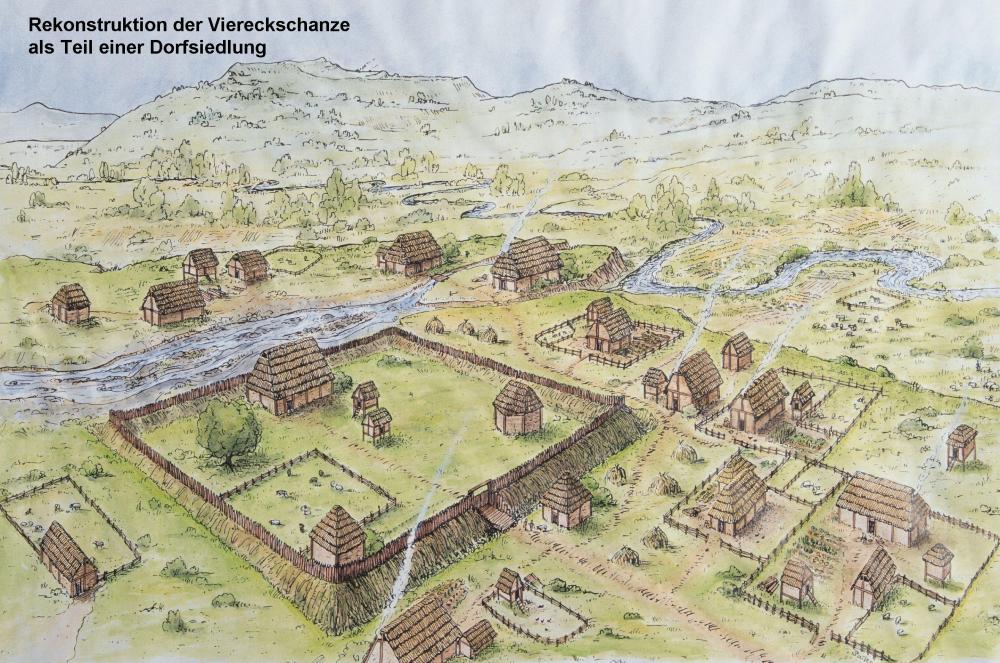
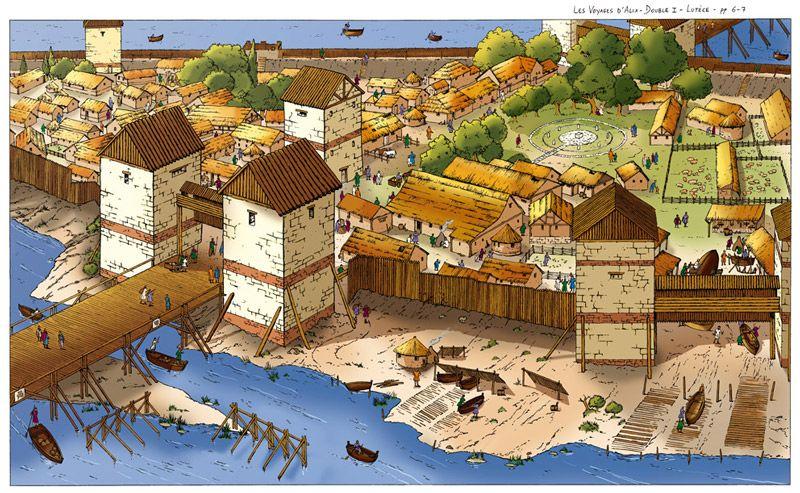
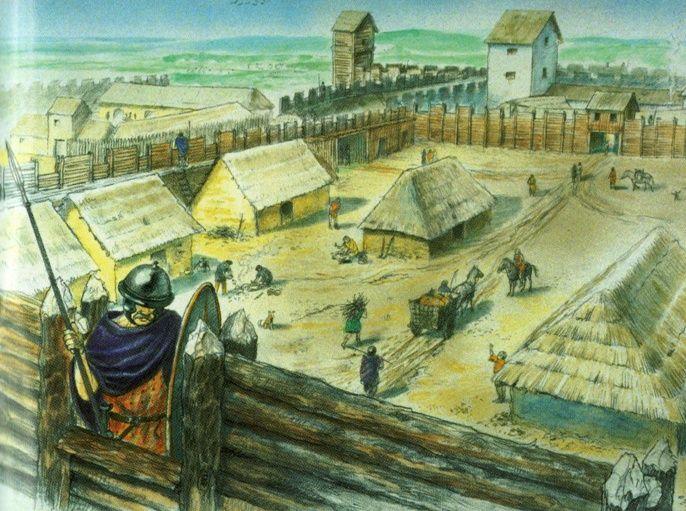
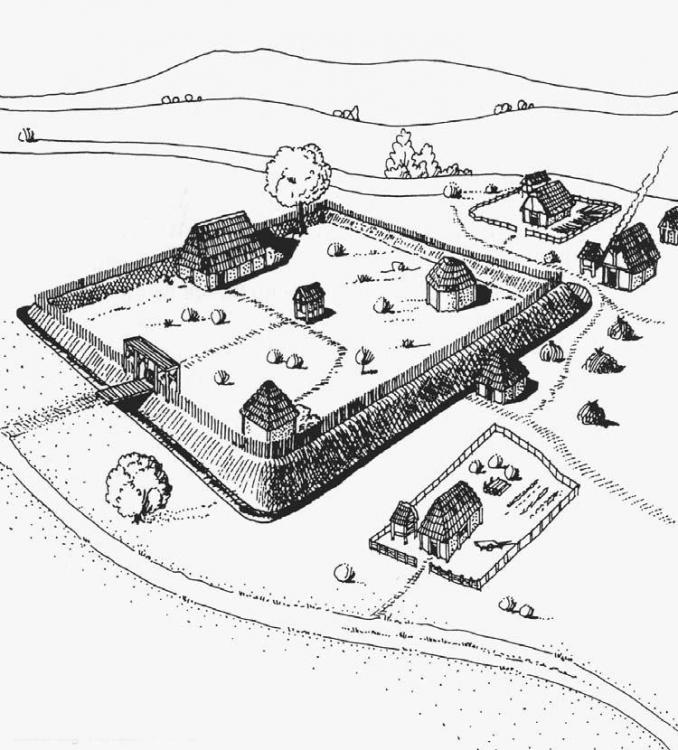
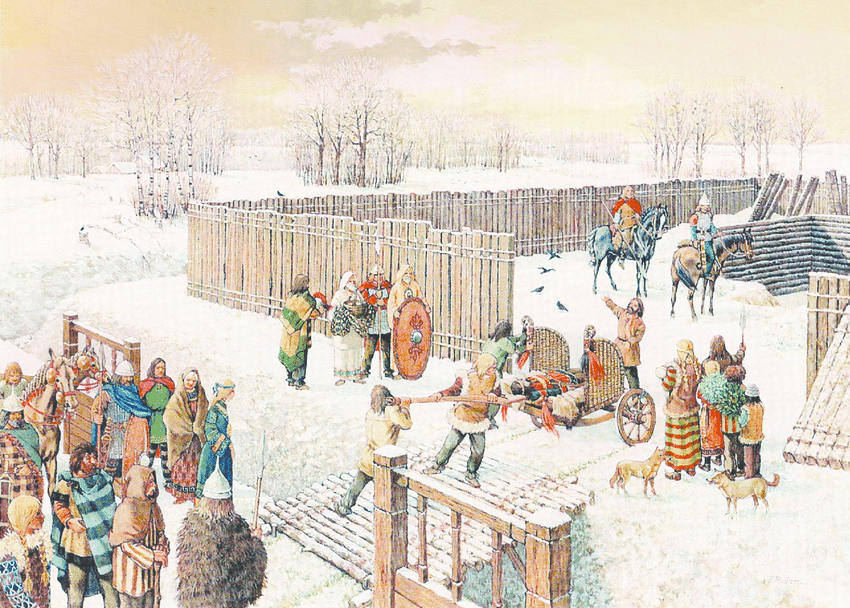
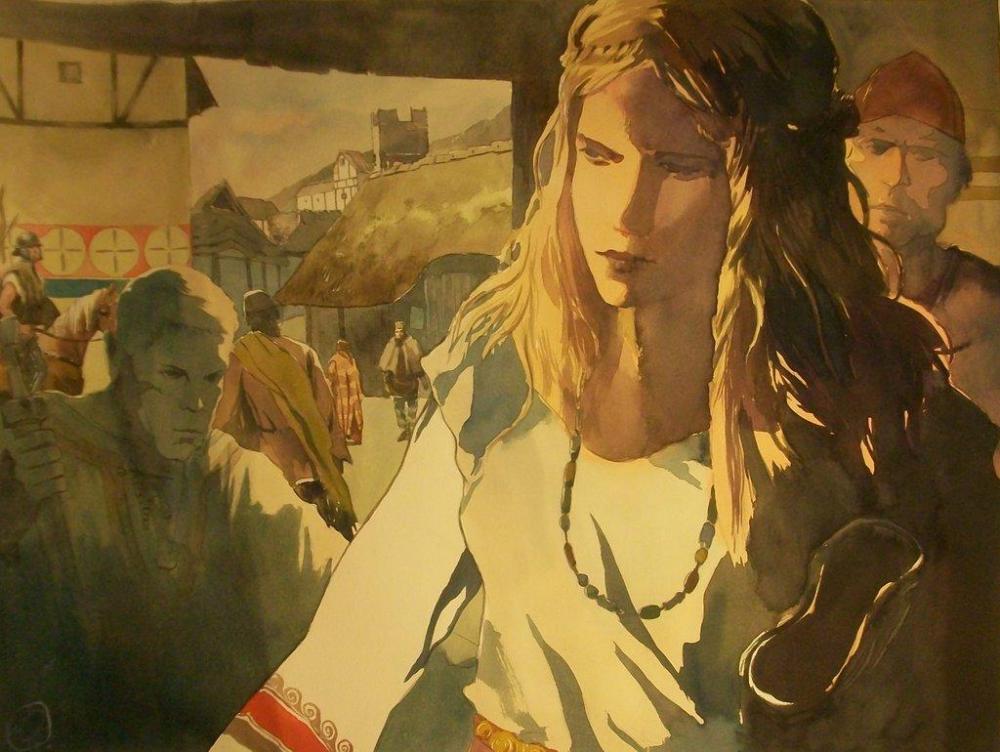
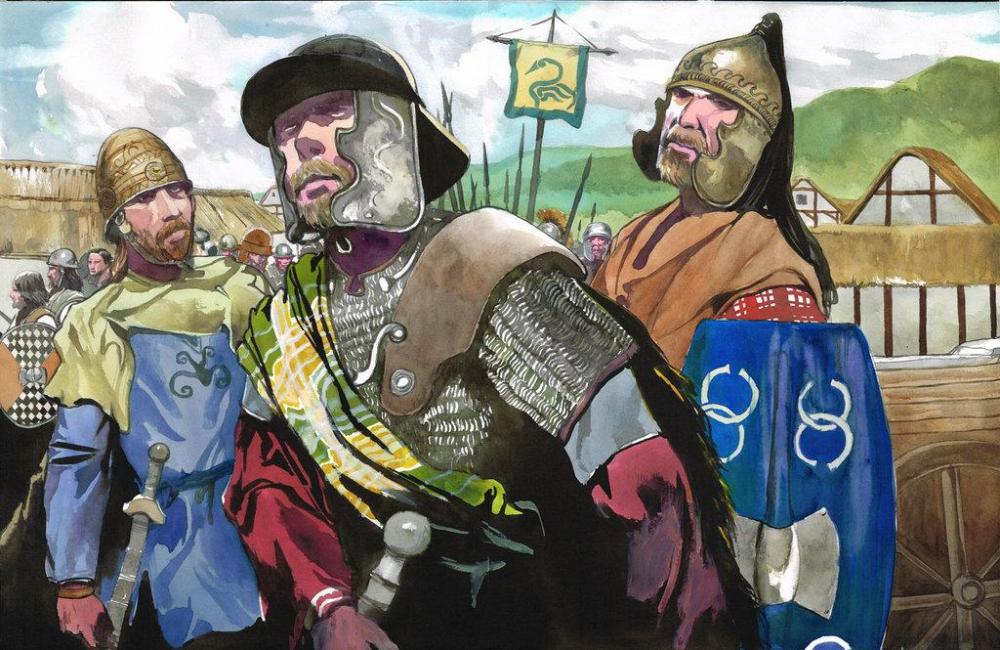
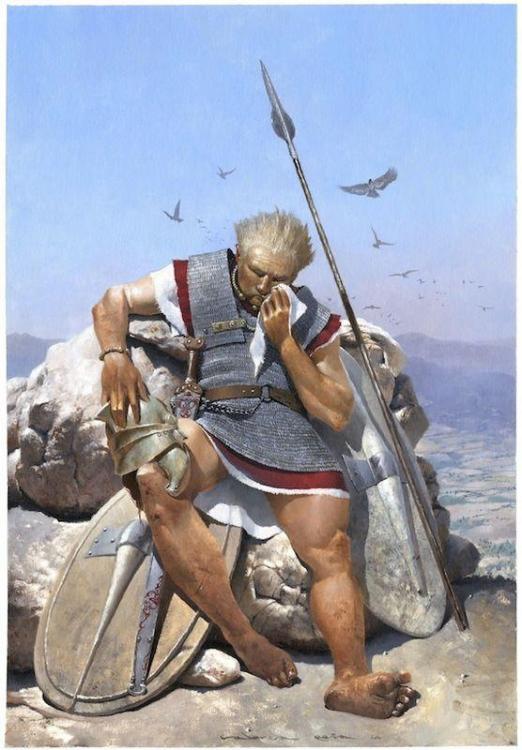
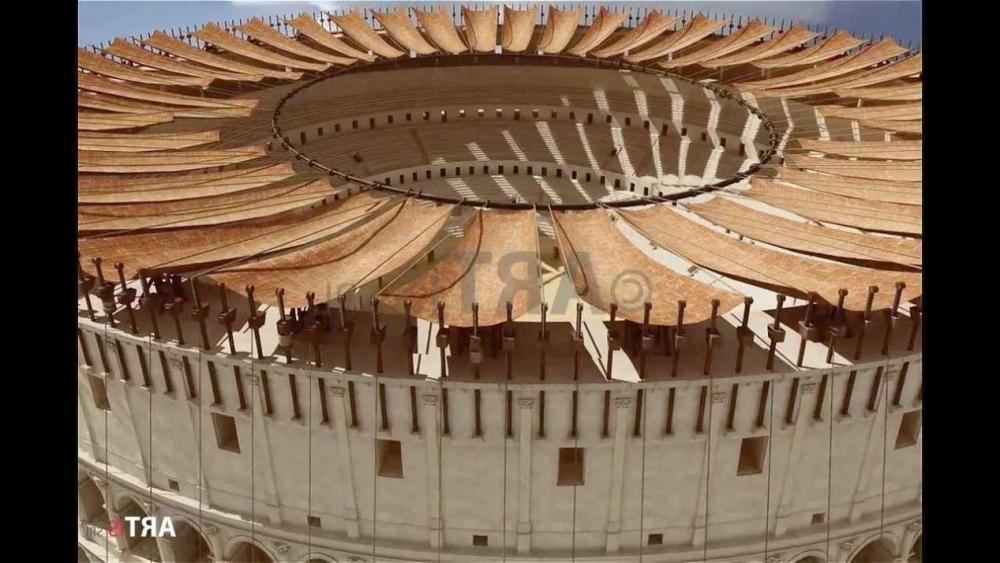
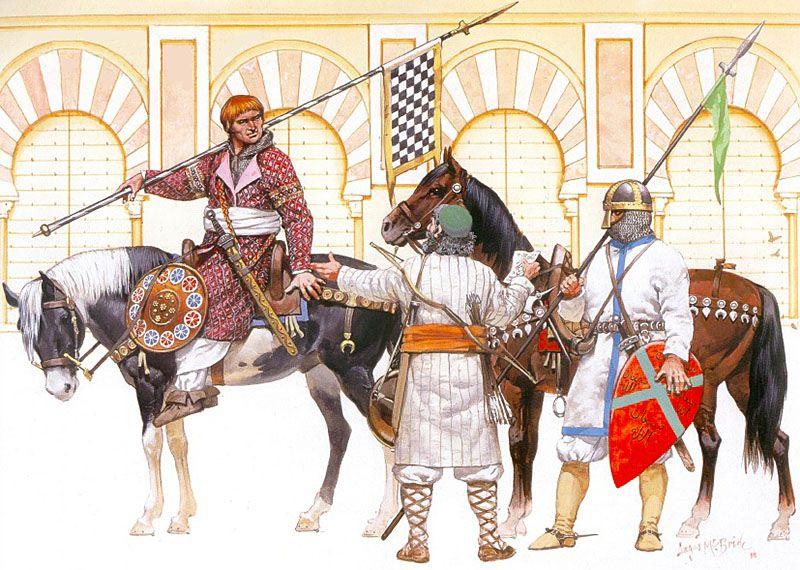
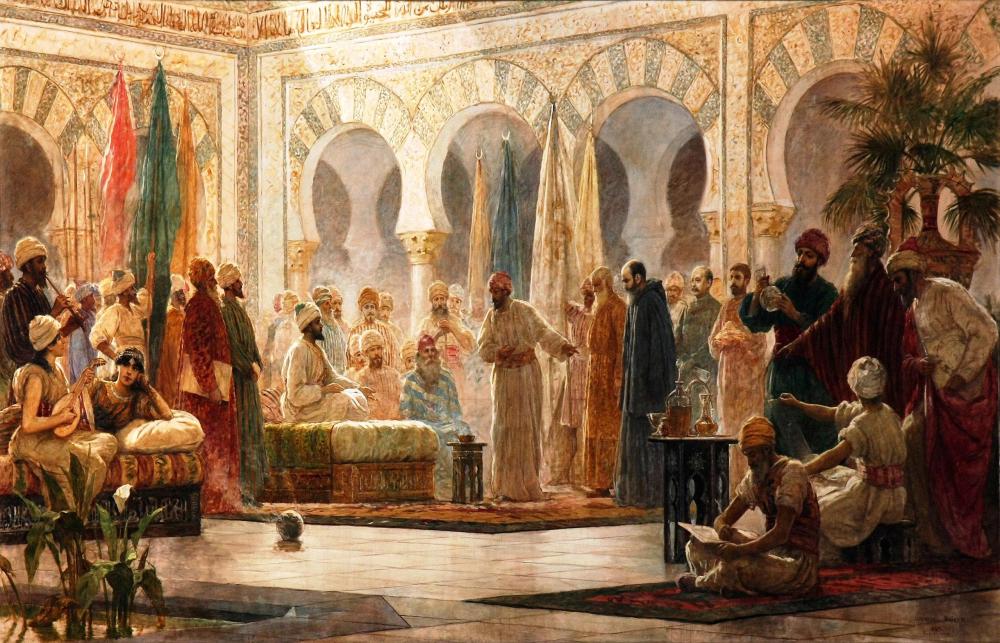
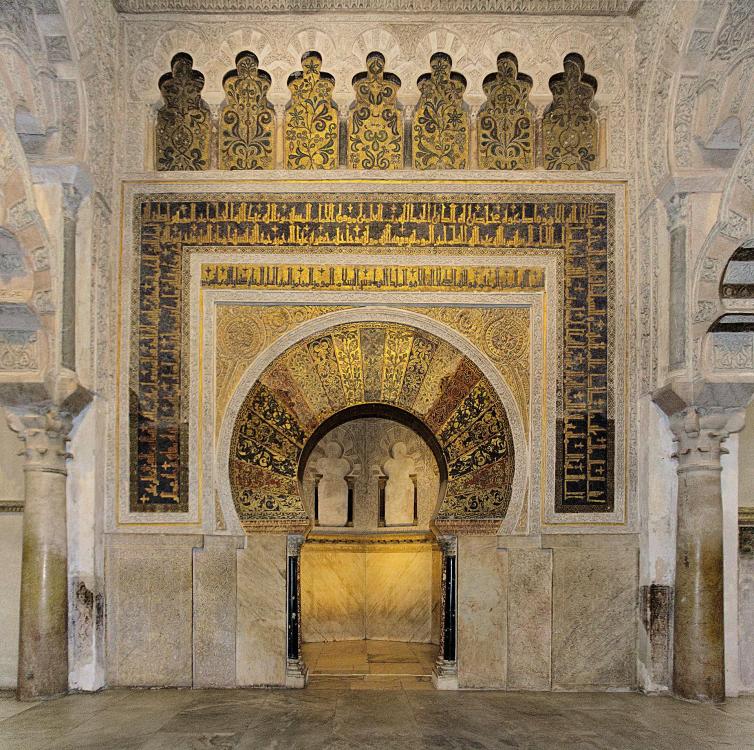
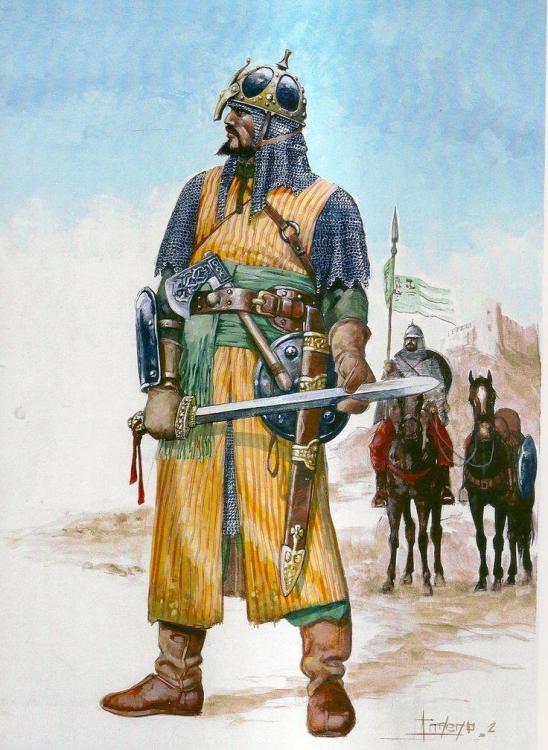
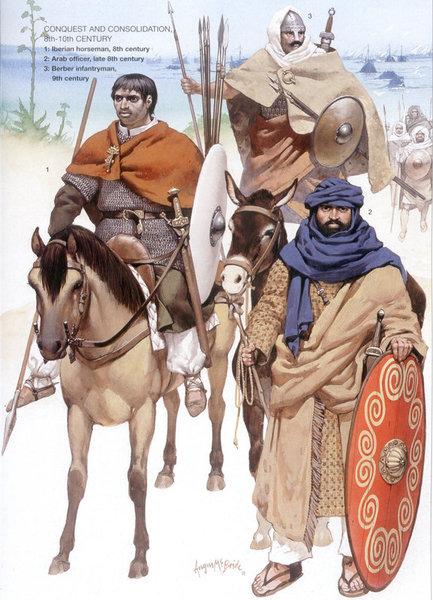
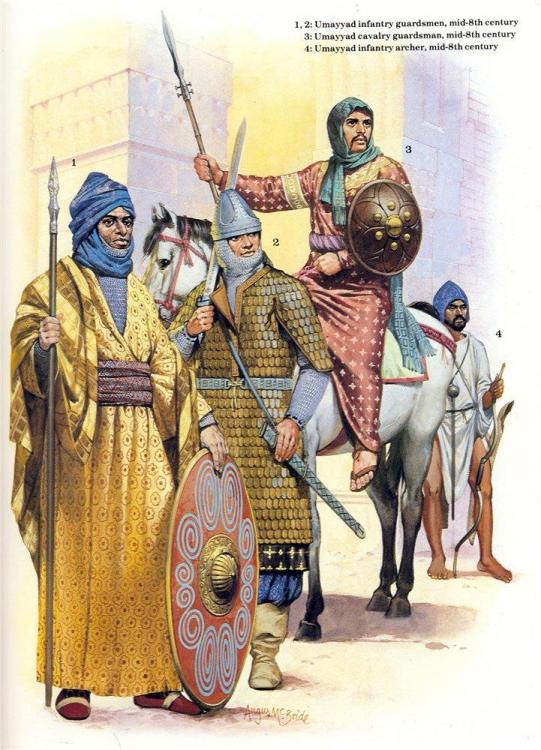
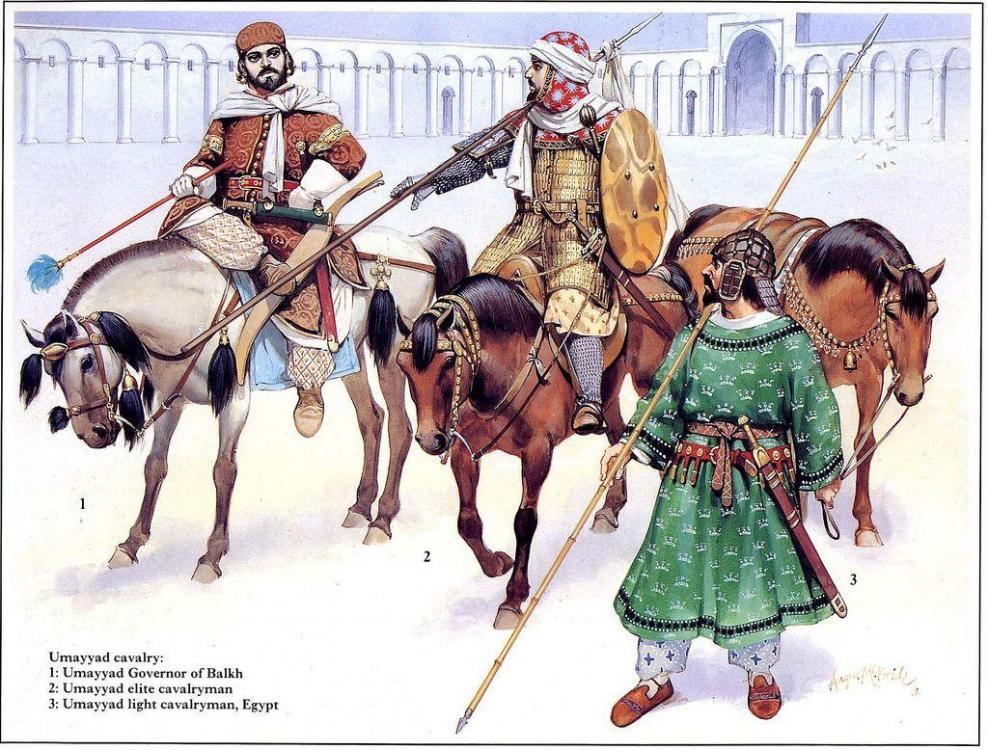
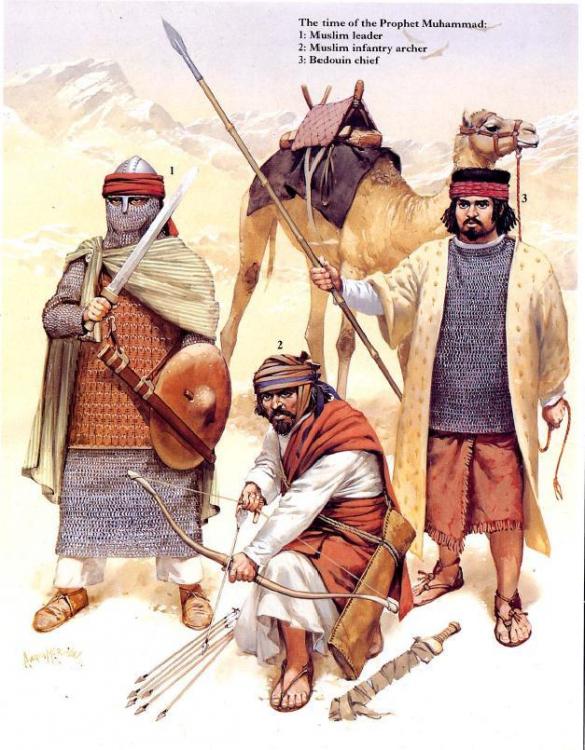
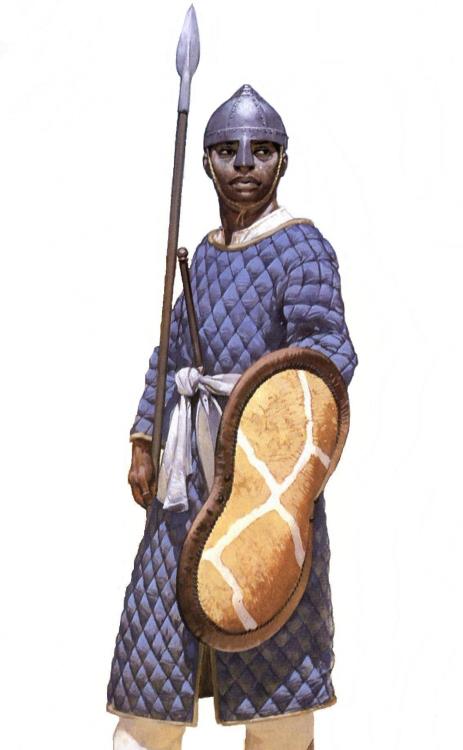
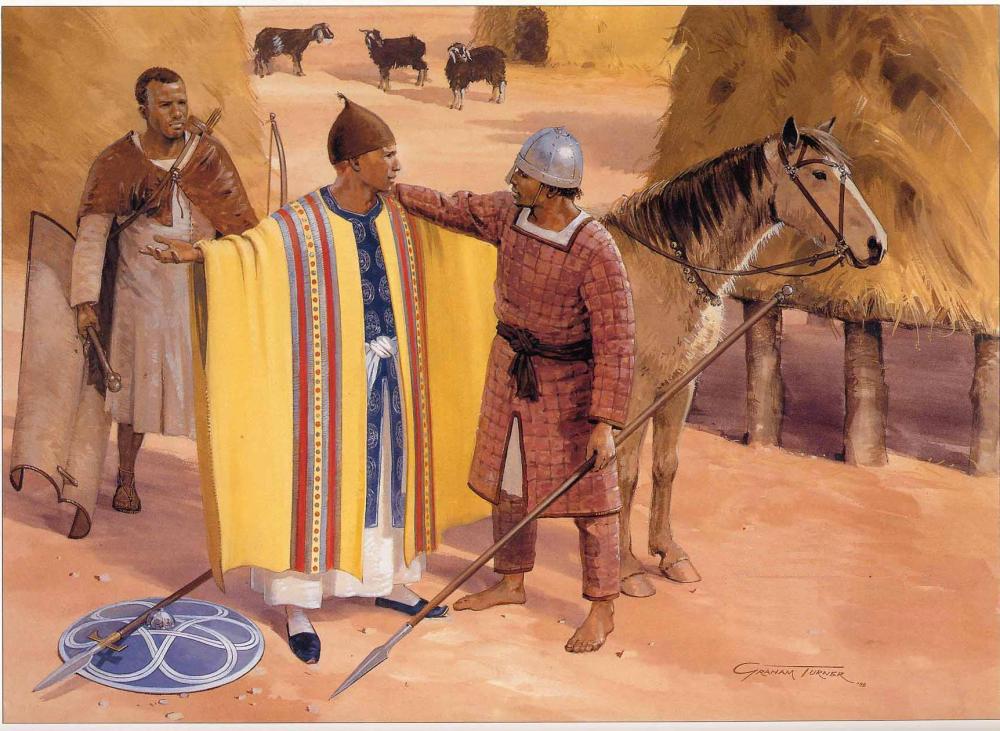
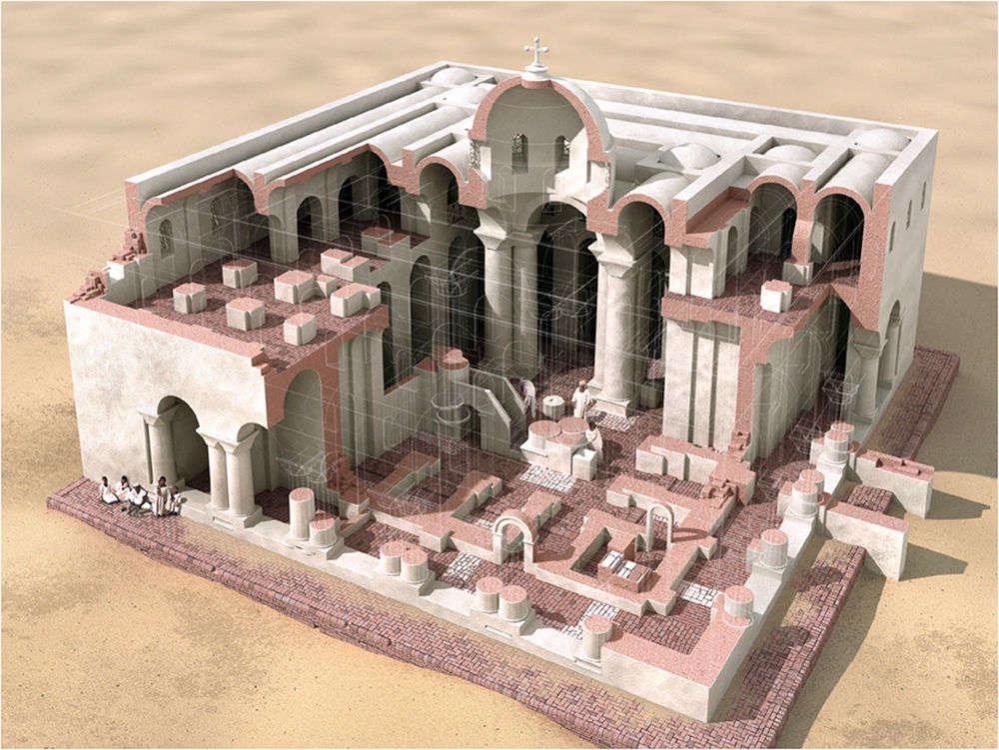
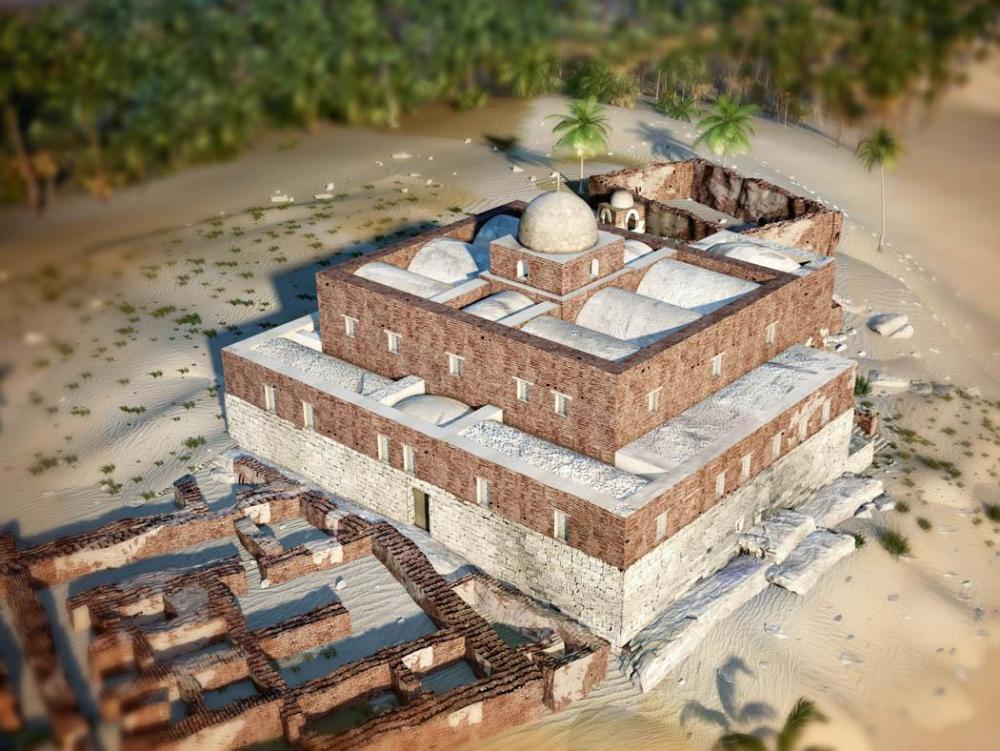
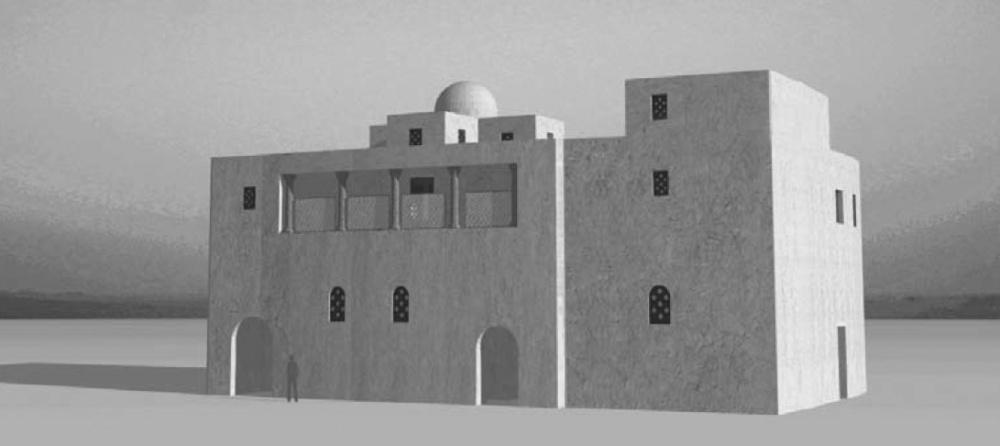
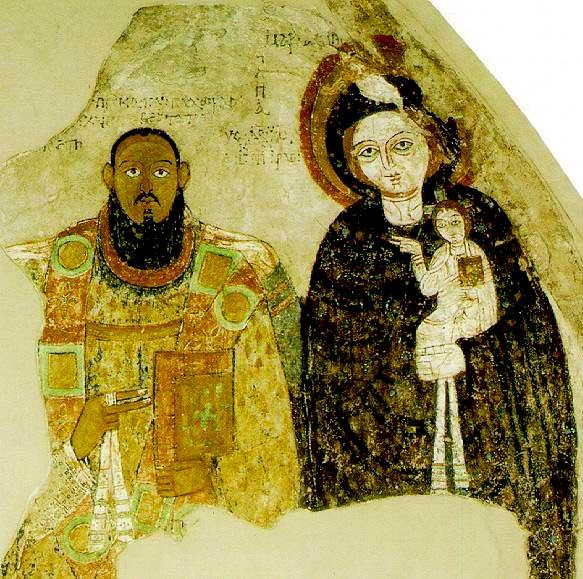
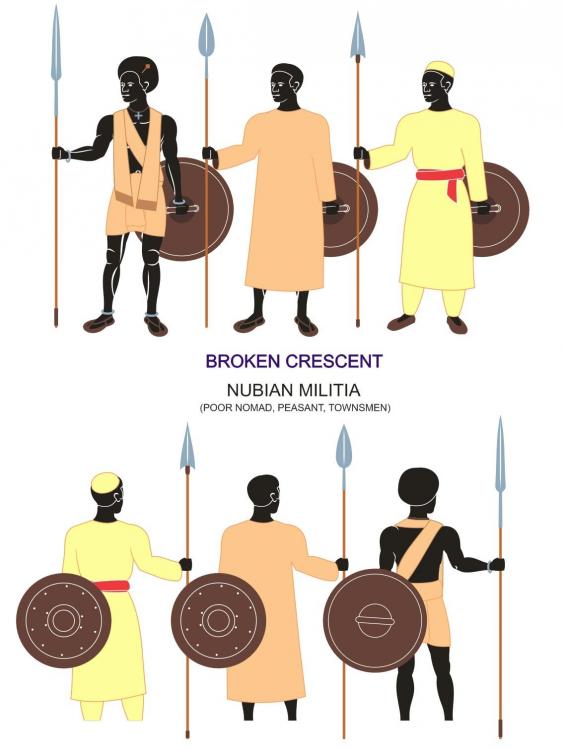
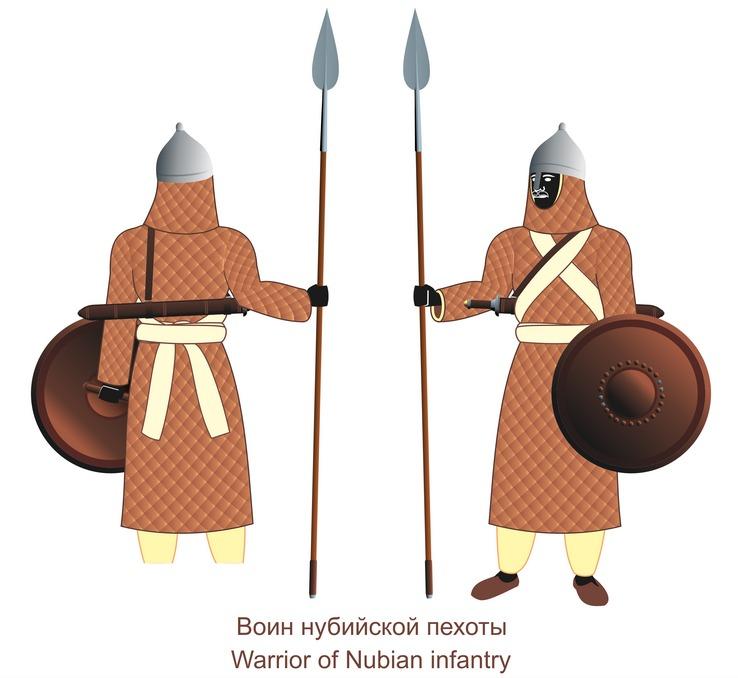
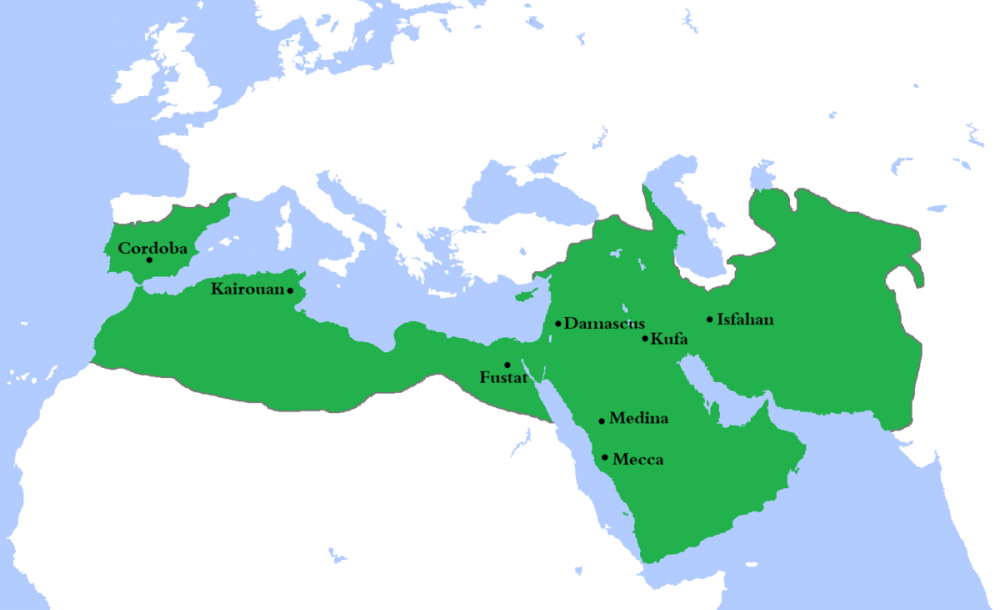
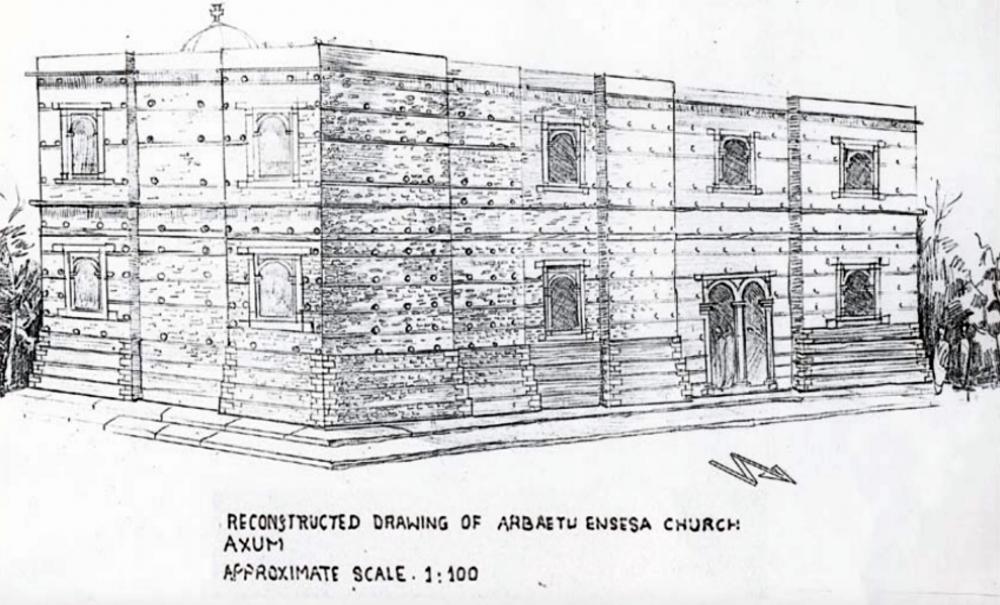
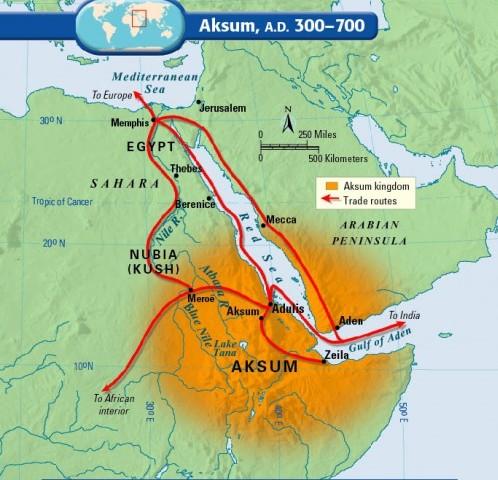
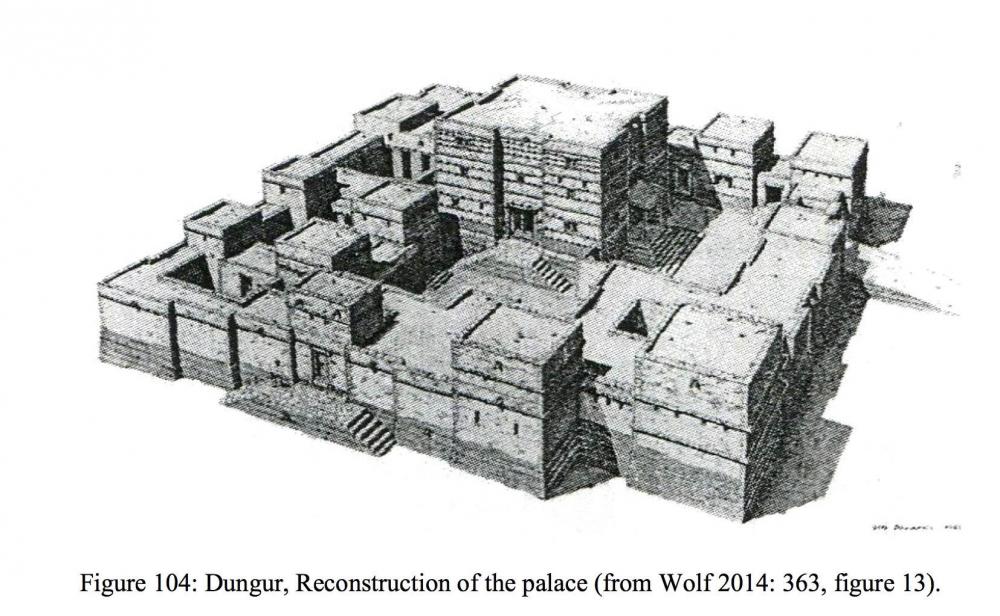
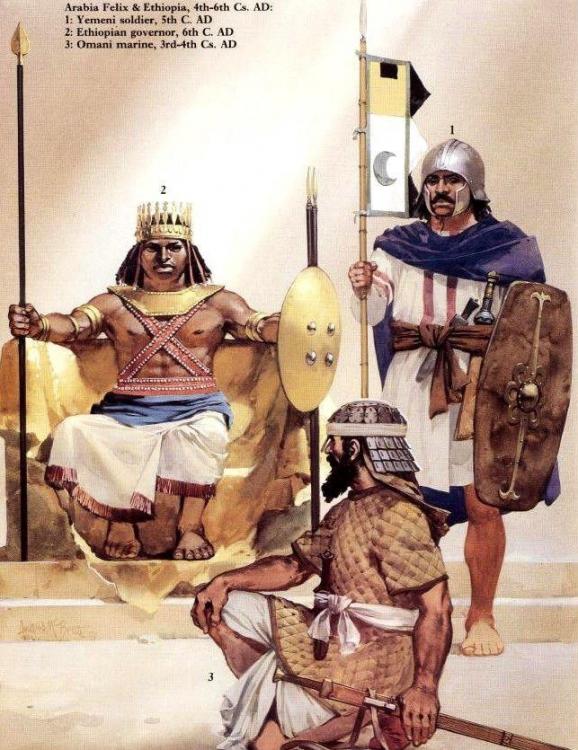
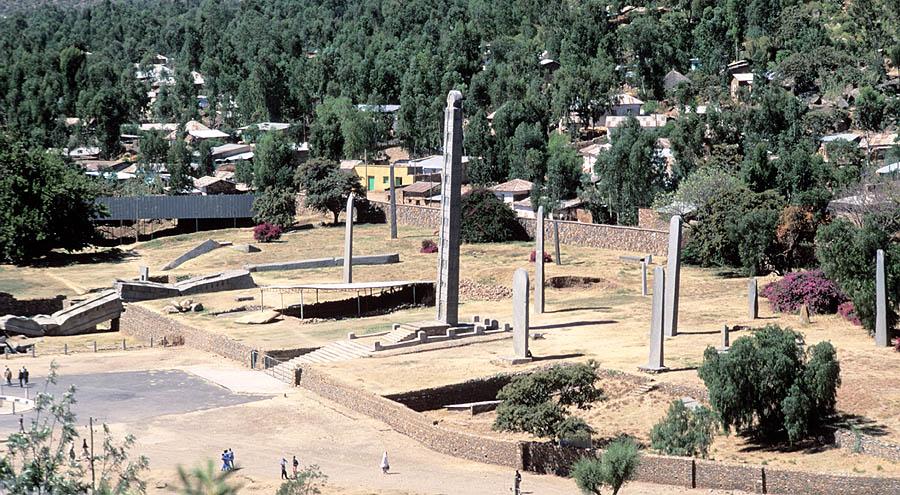
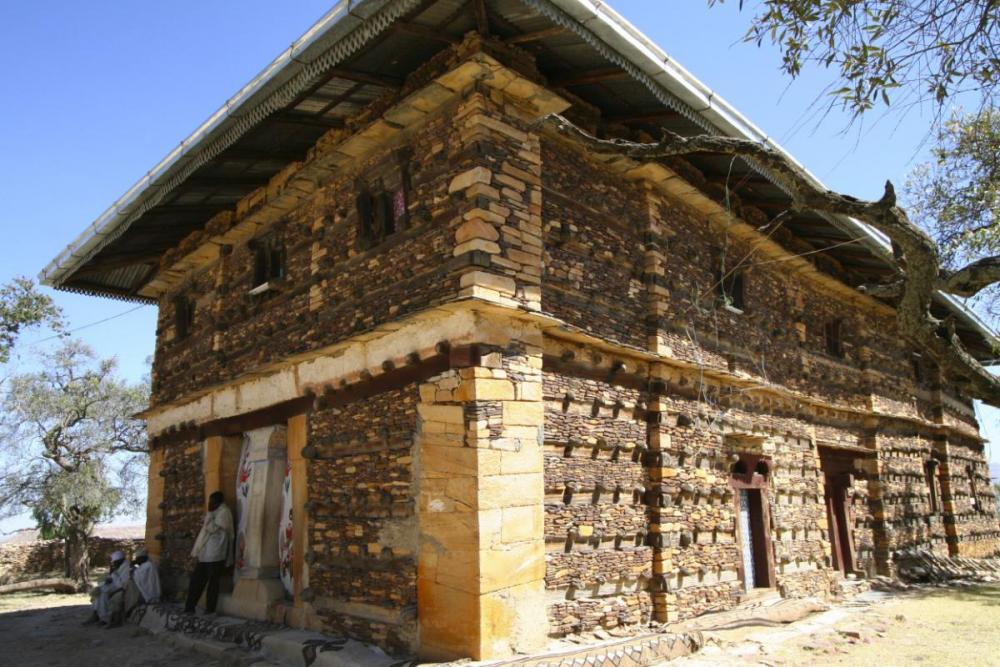
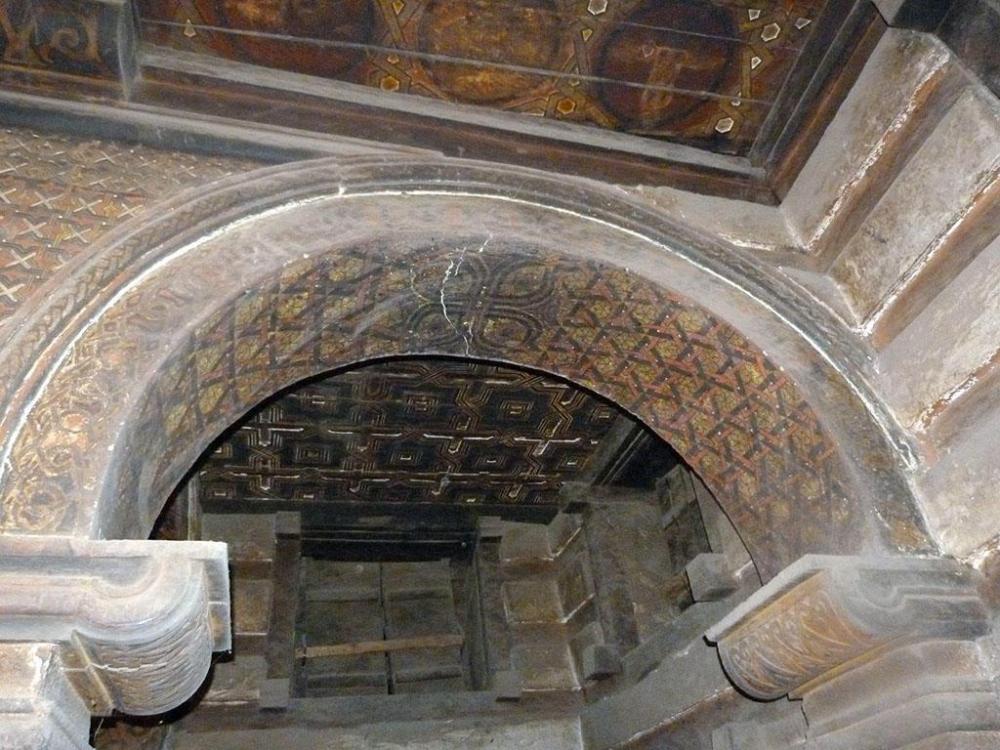
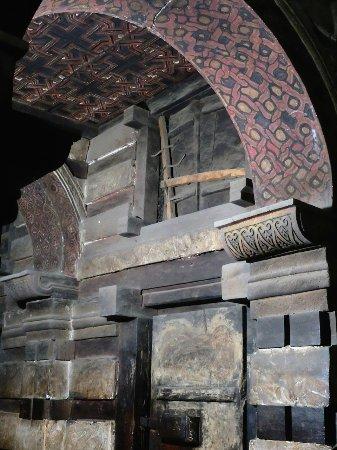
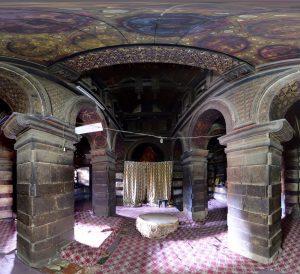
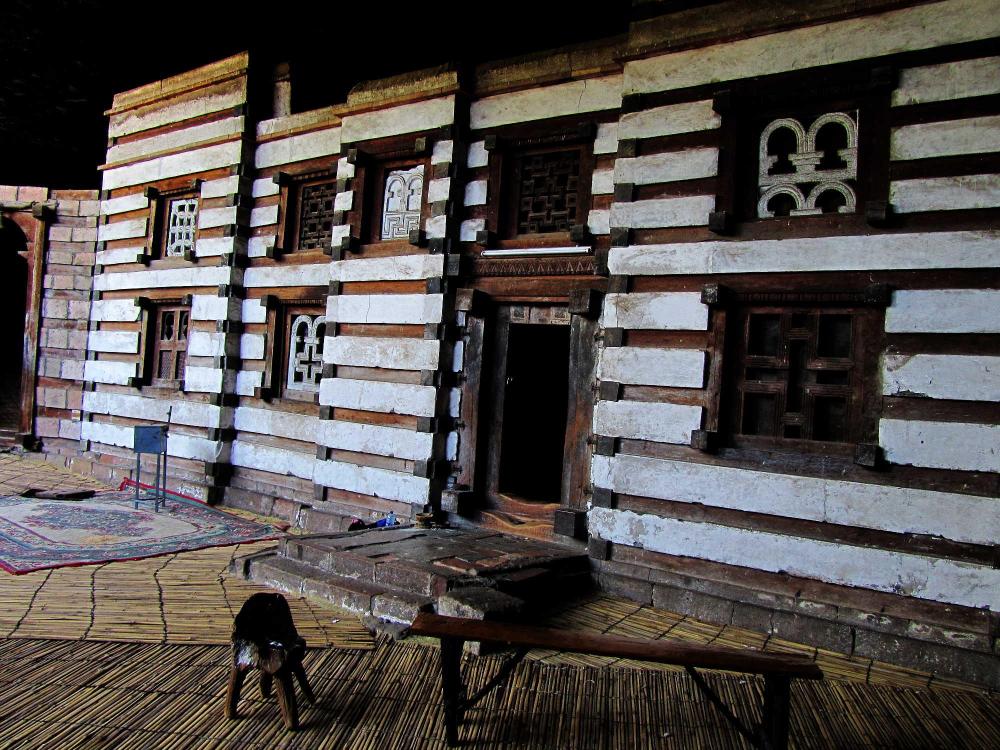
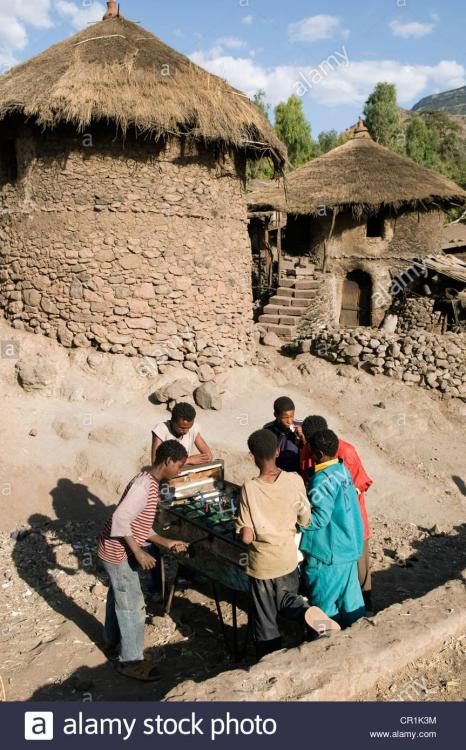
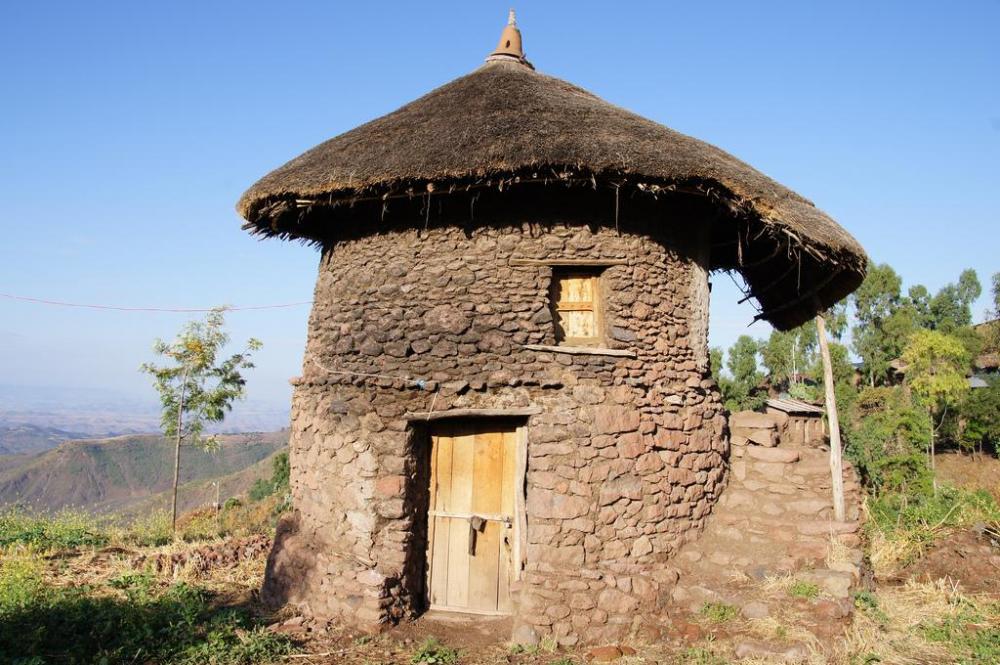
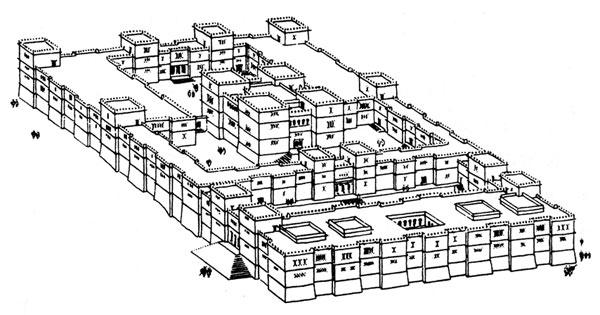
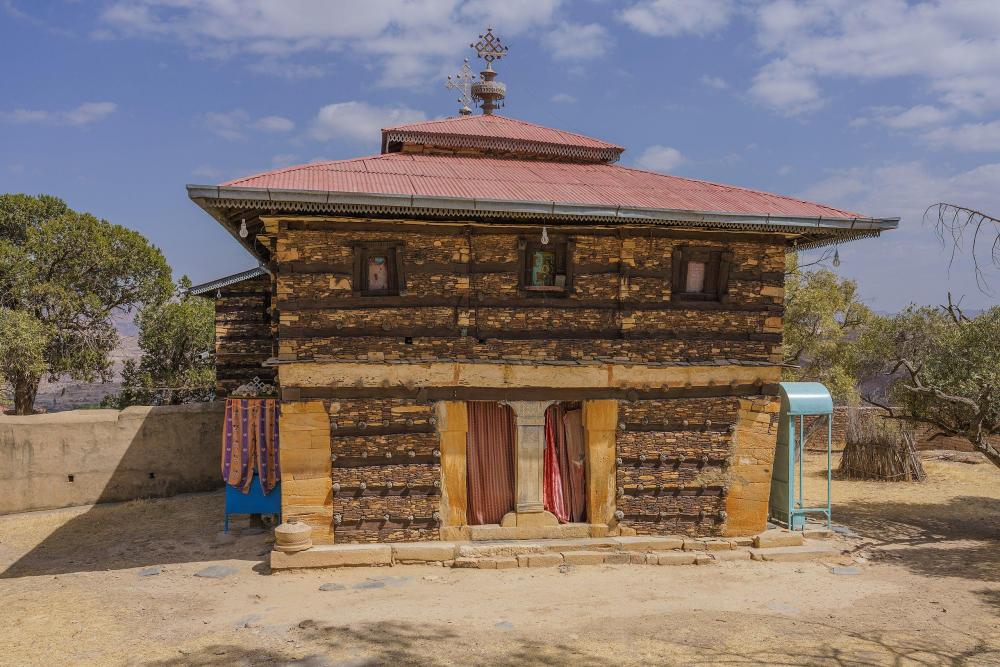
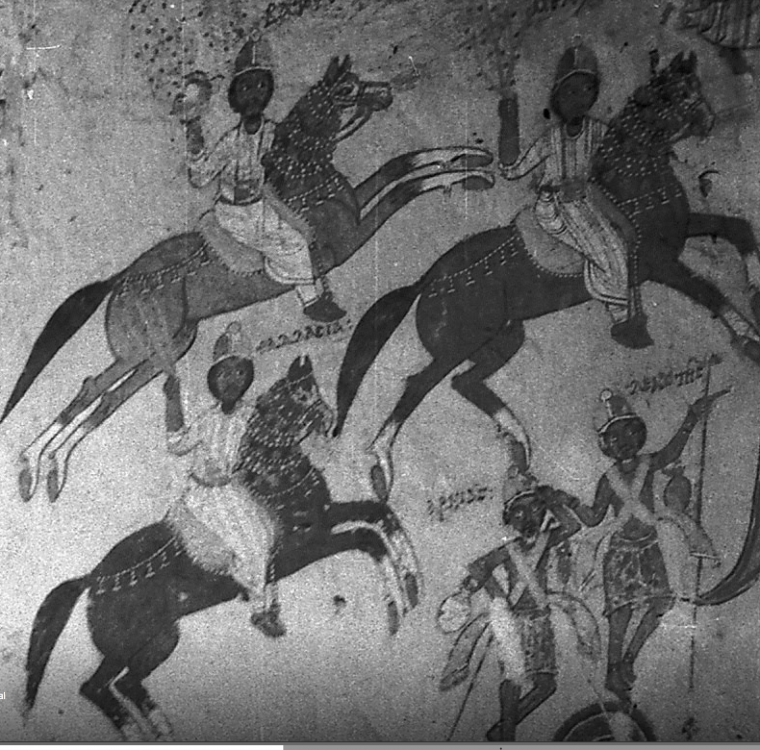
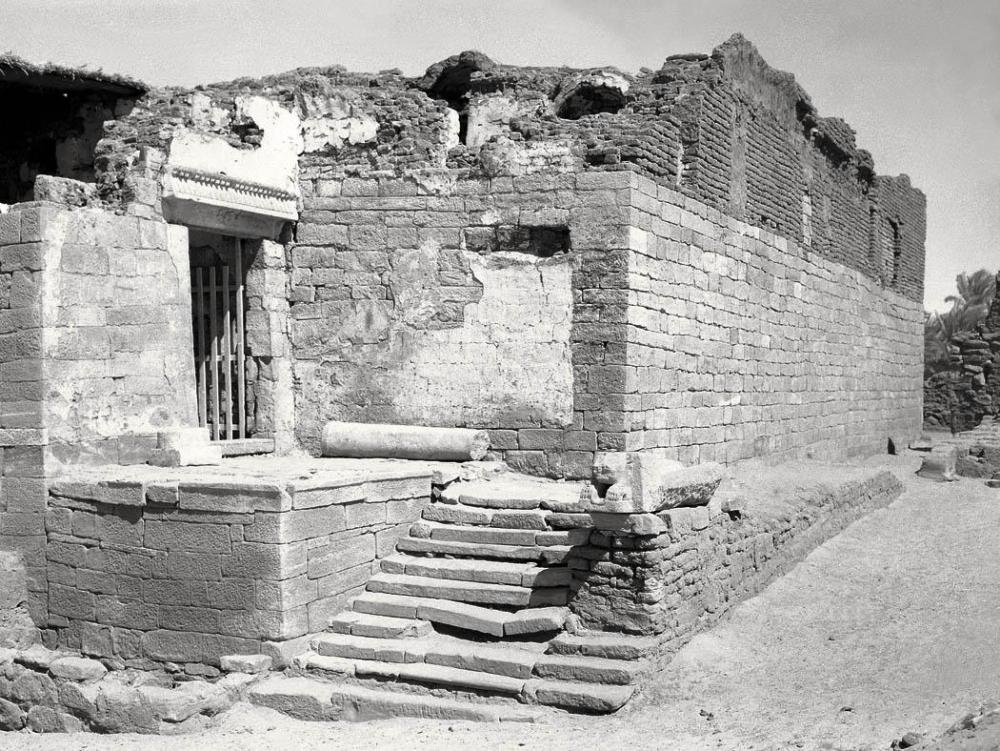
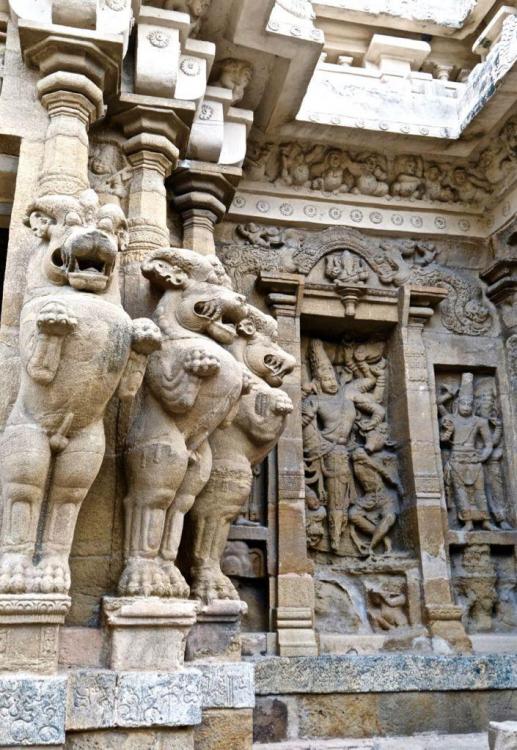
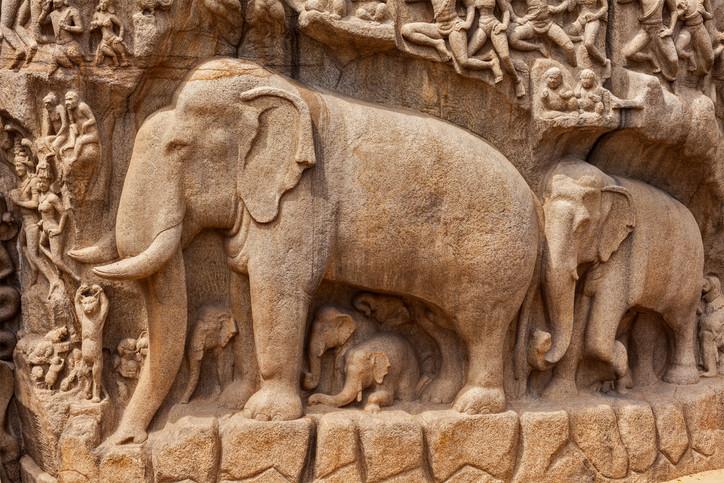
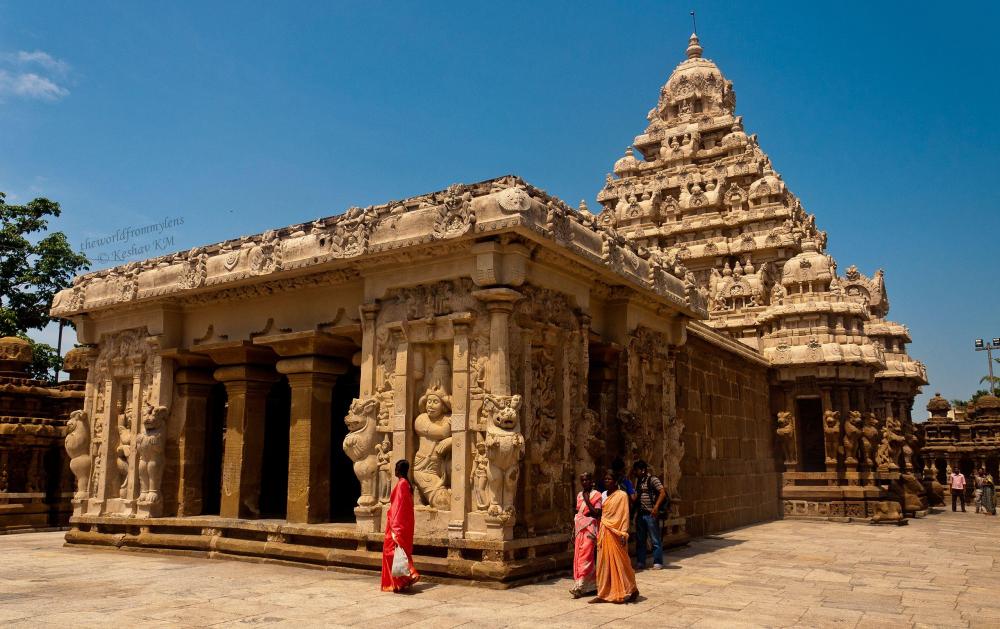
.thumb.jpg.7395ab7a9f6c9708777cb653c0305f0a.jpg)
